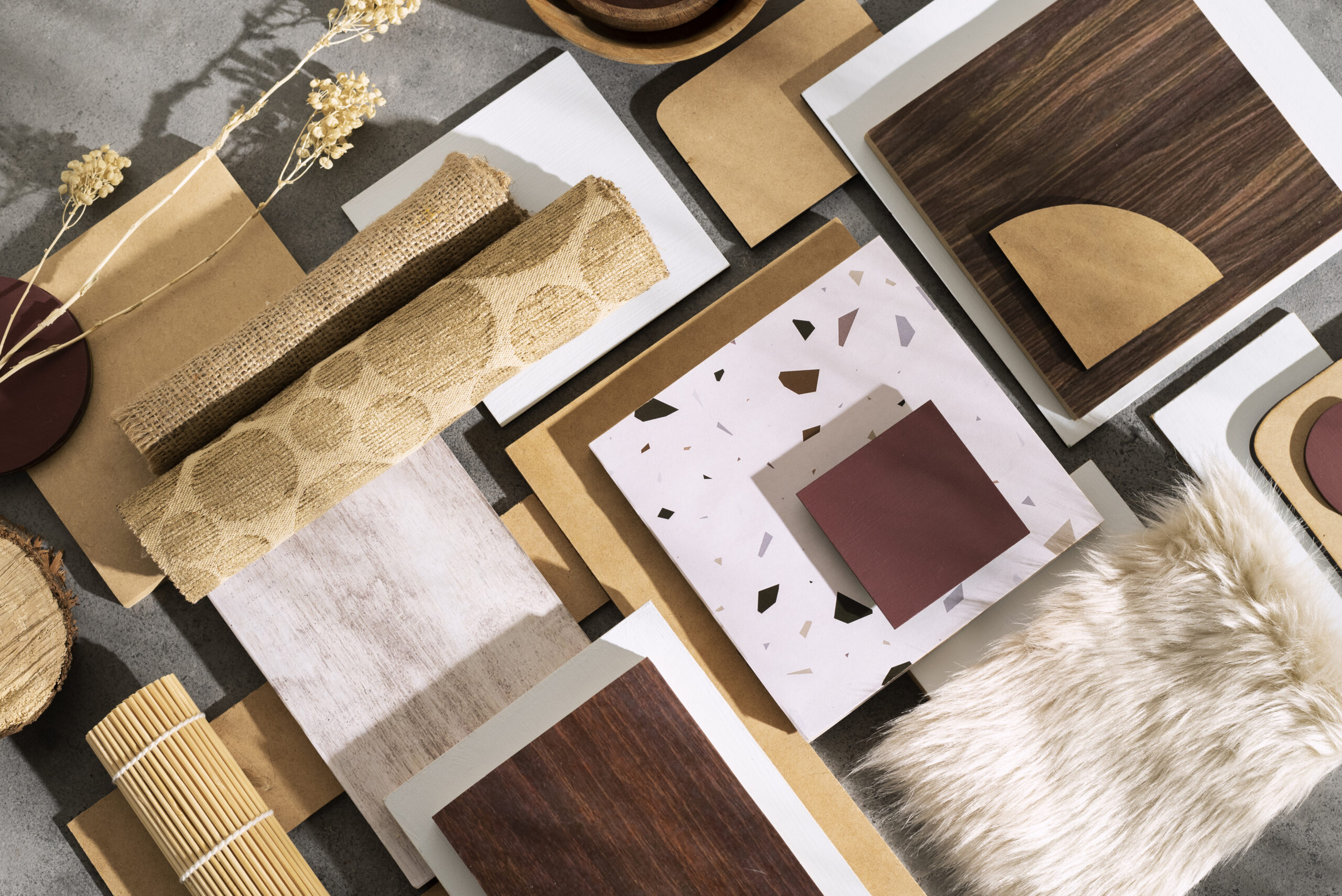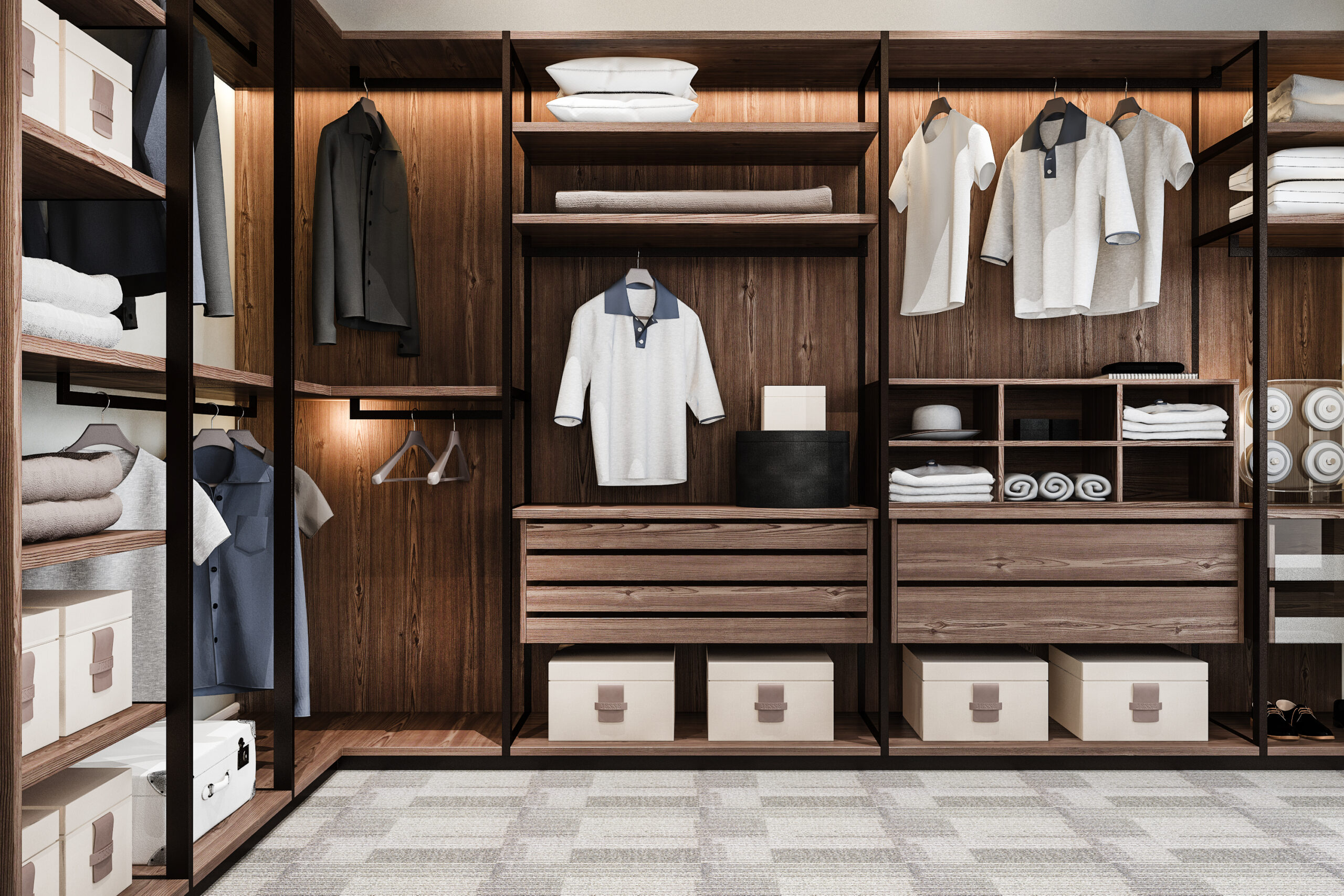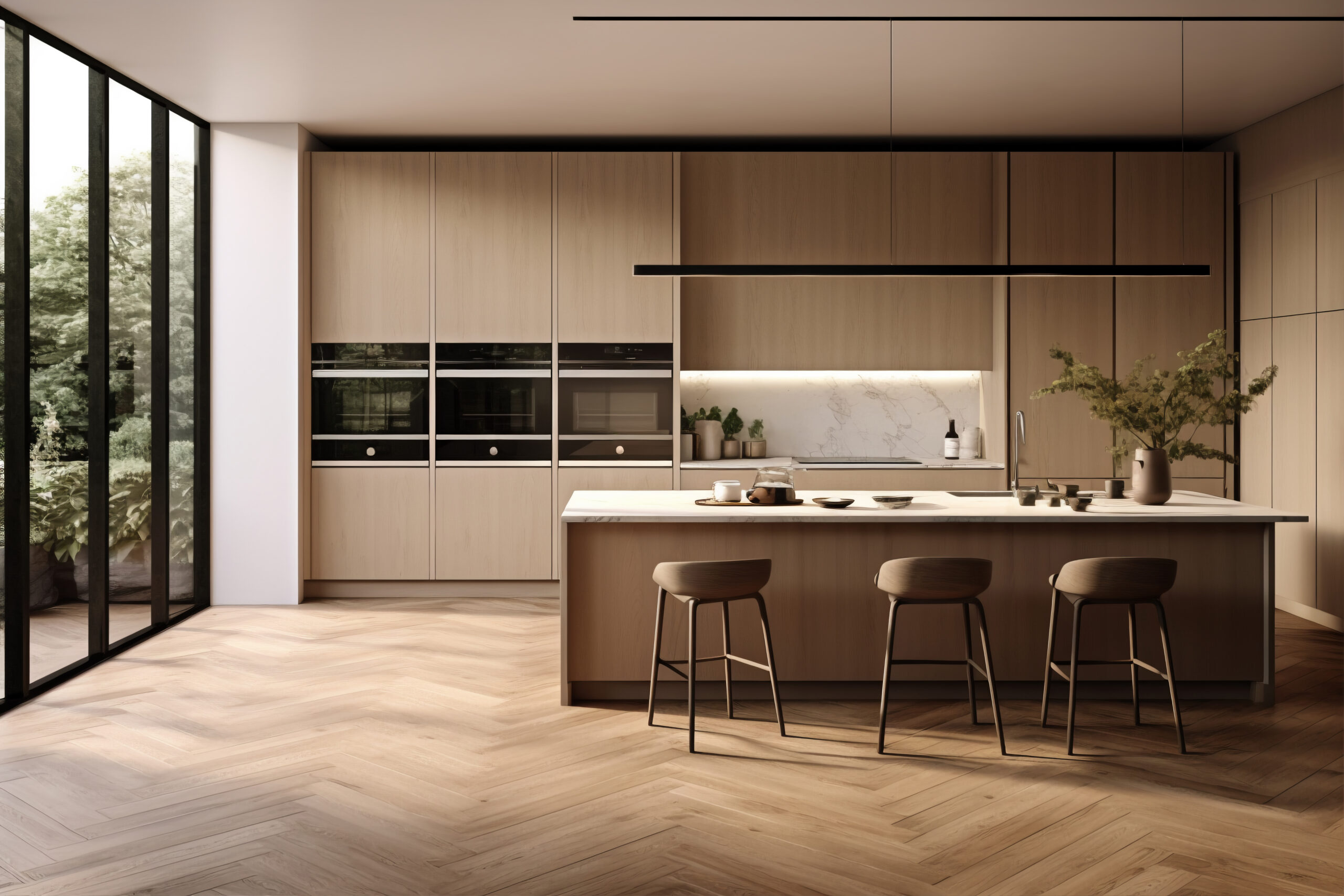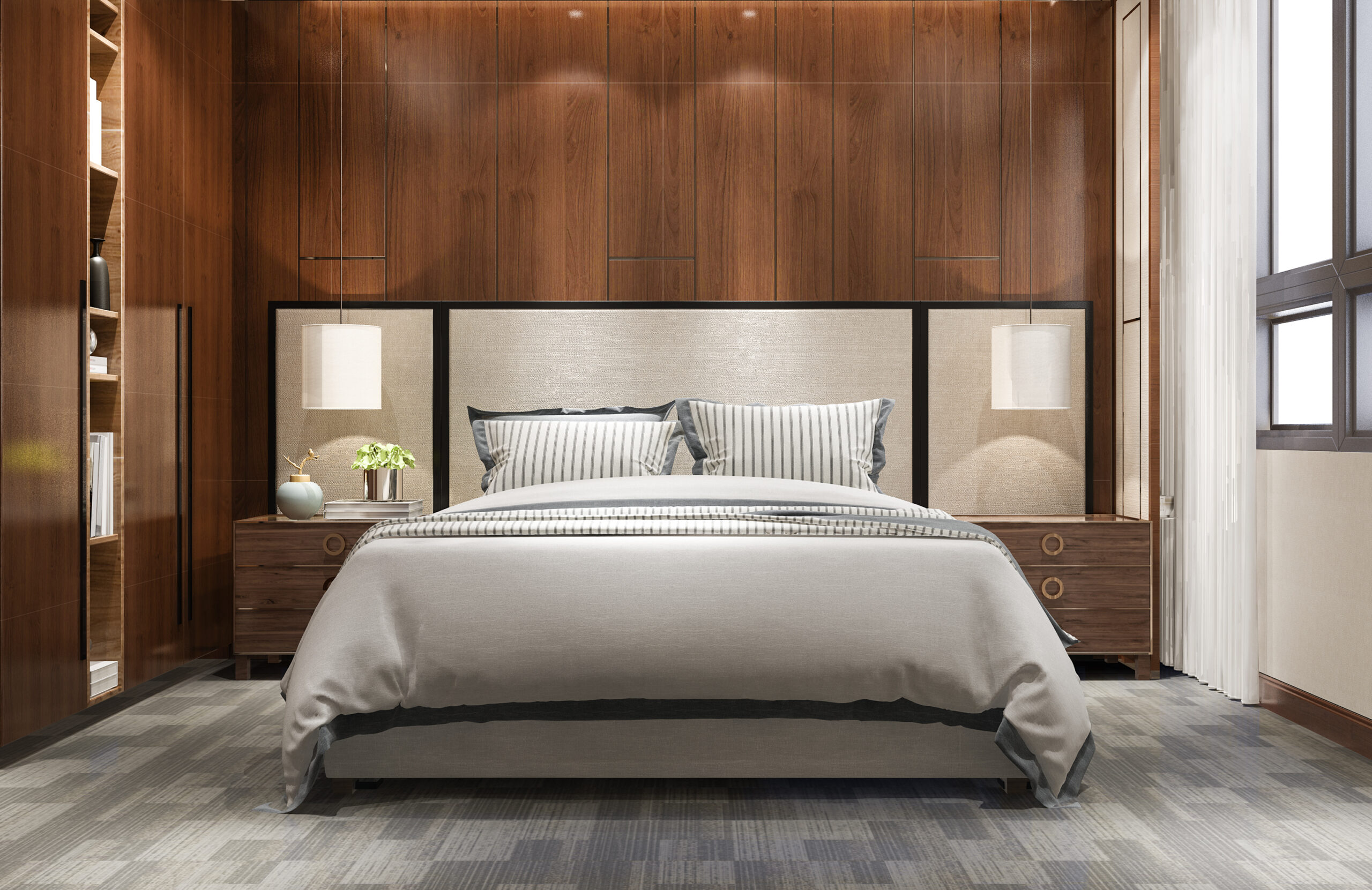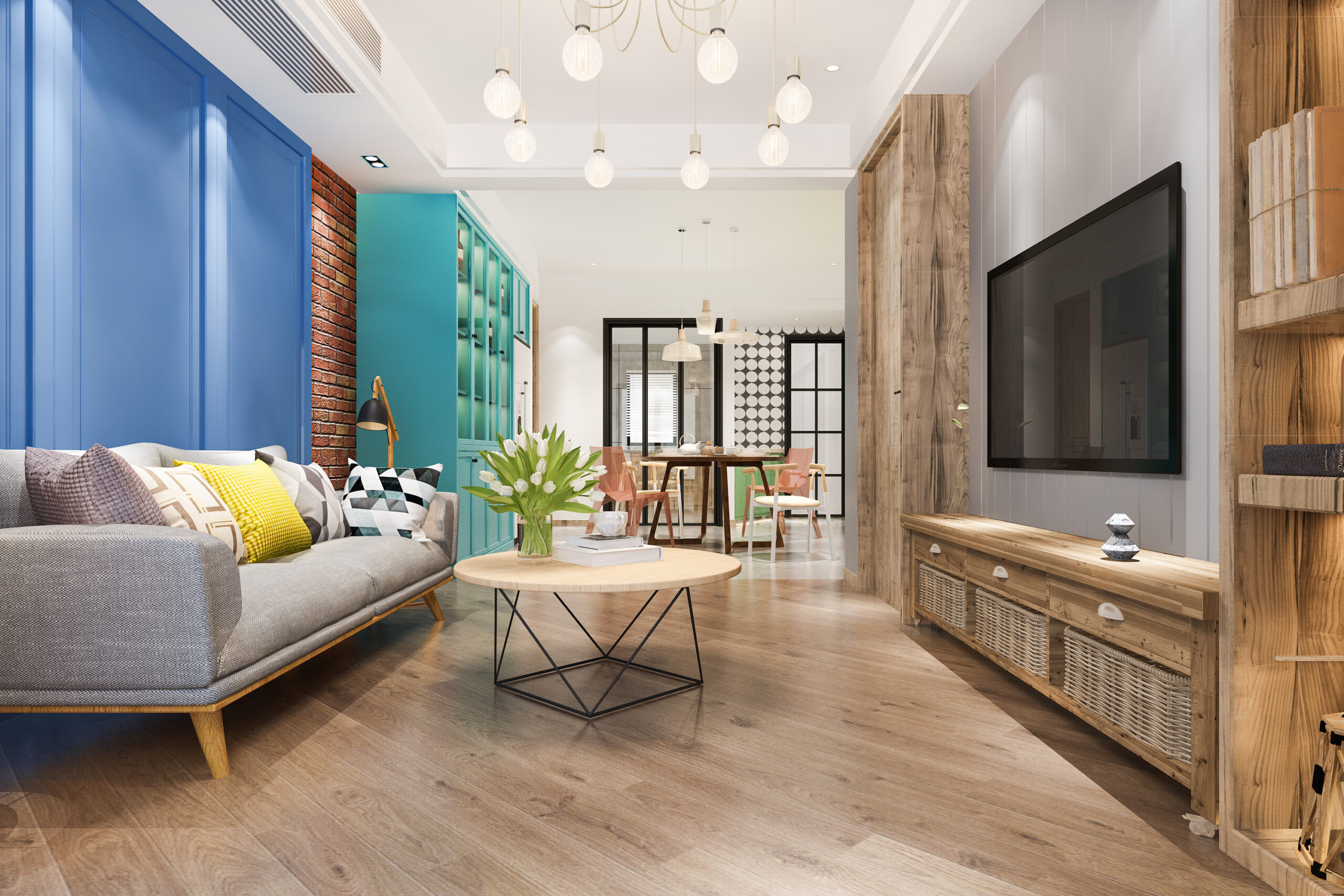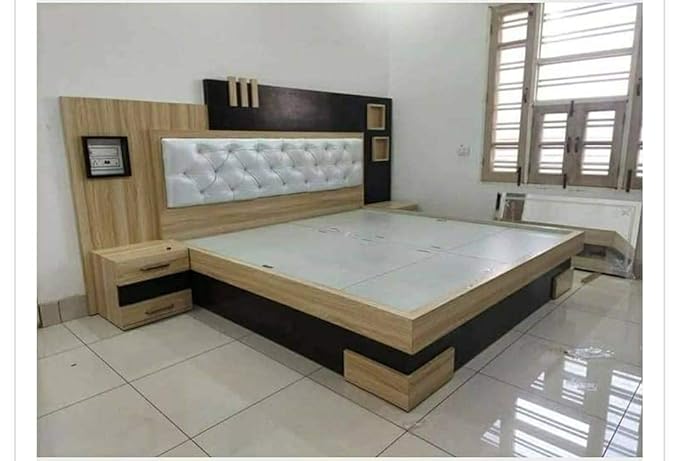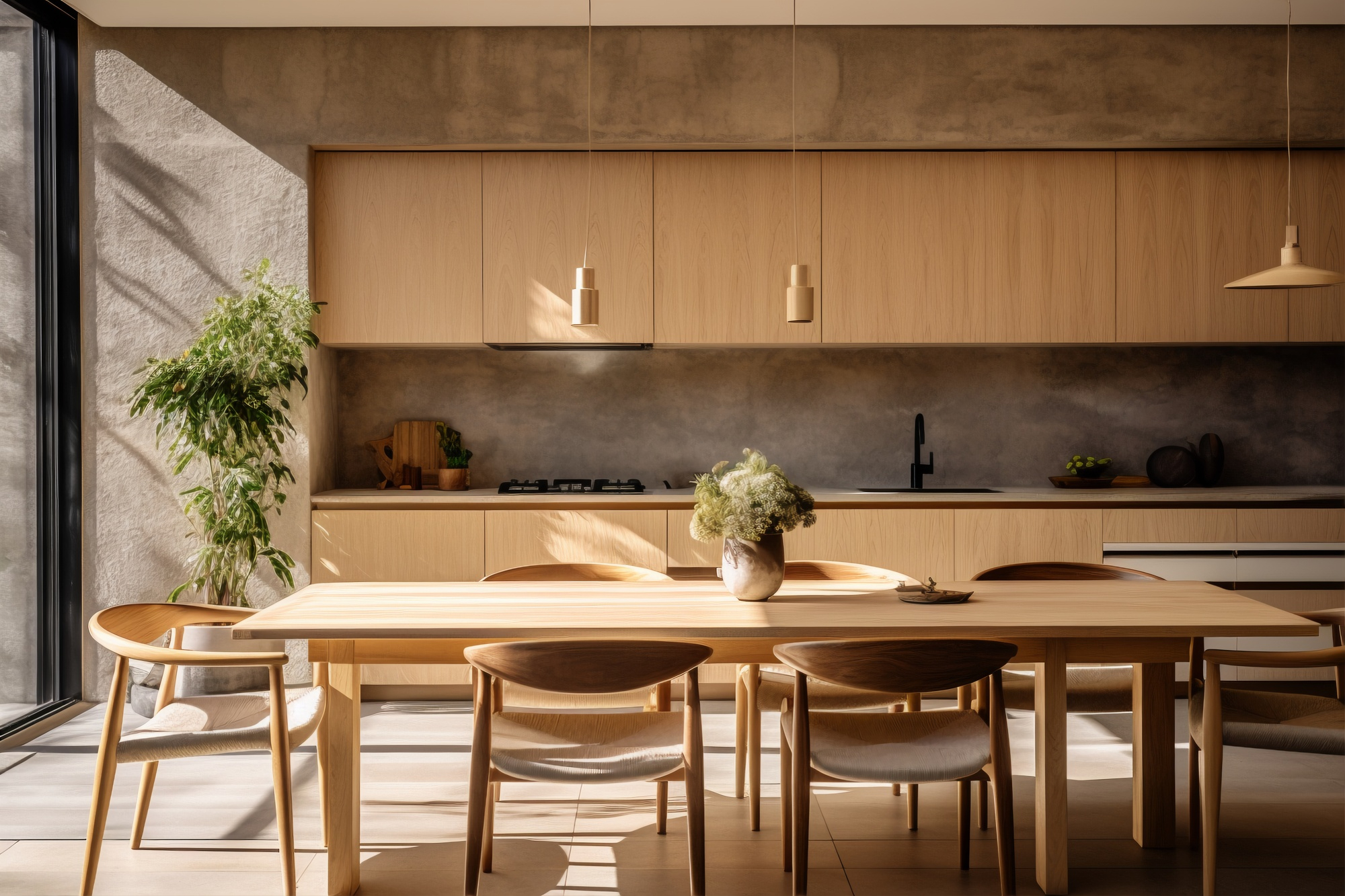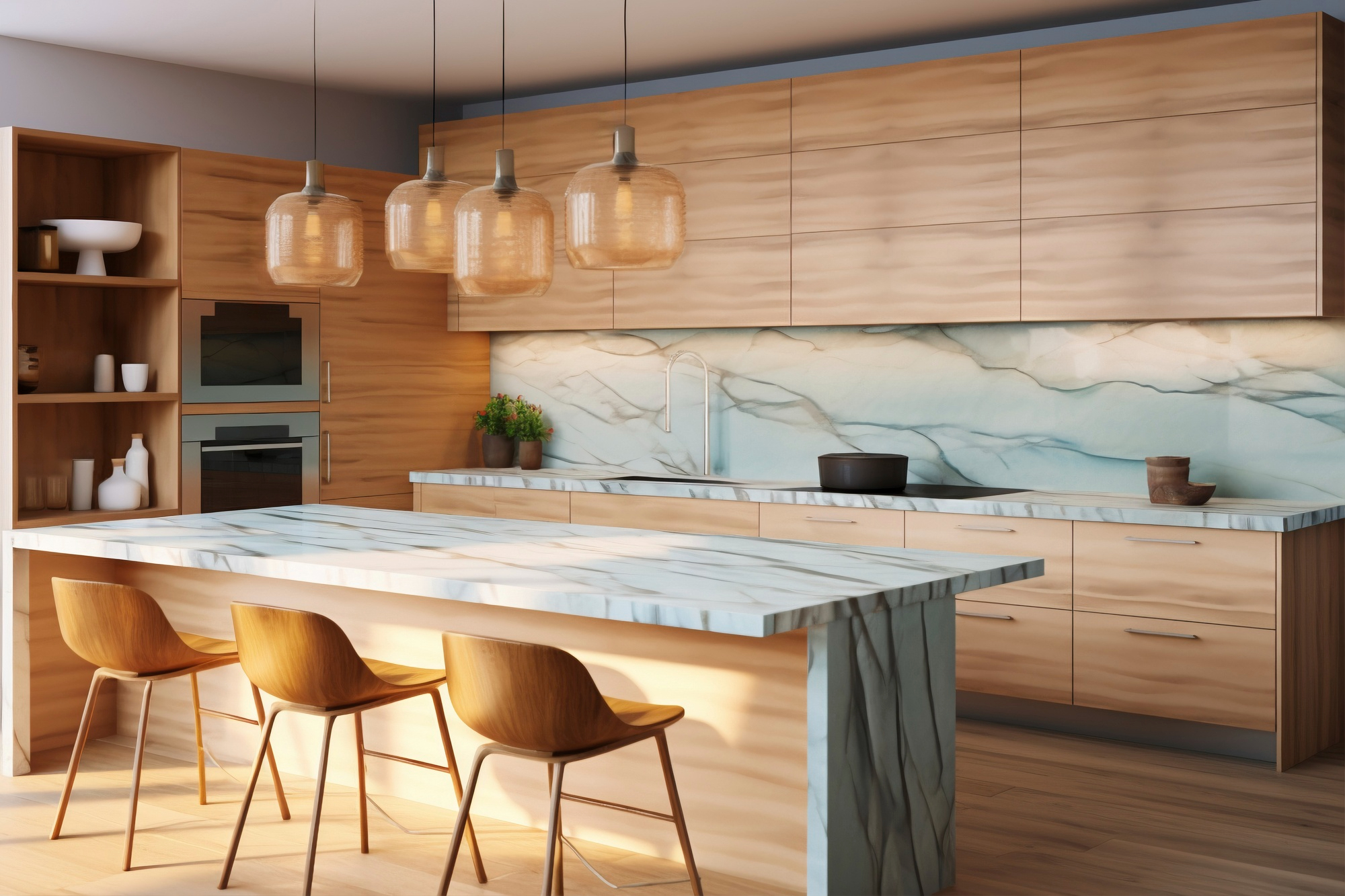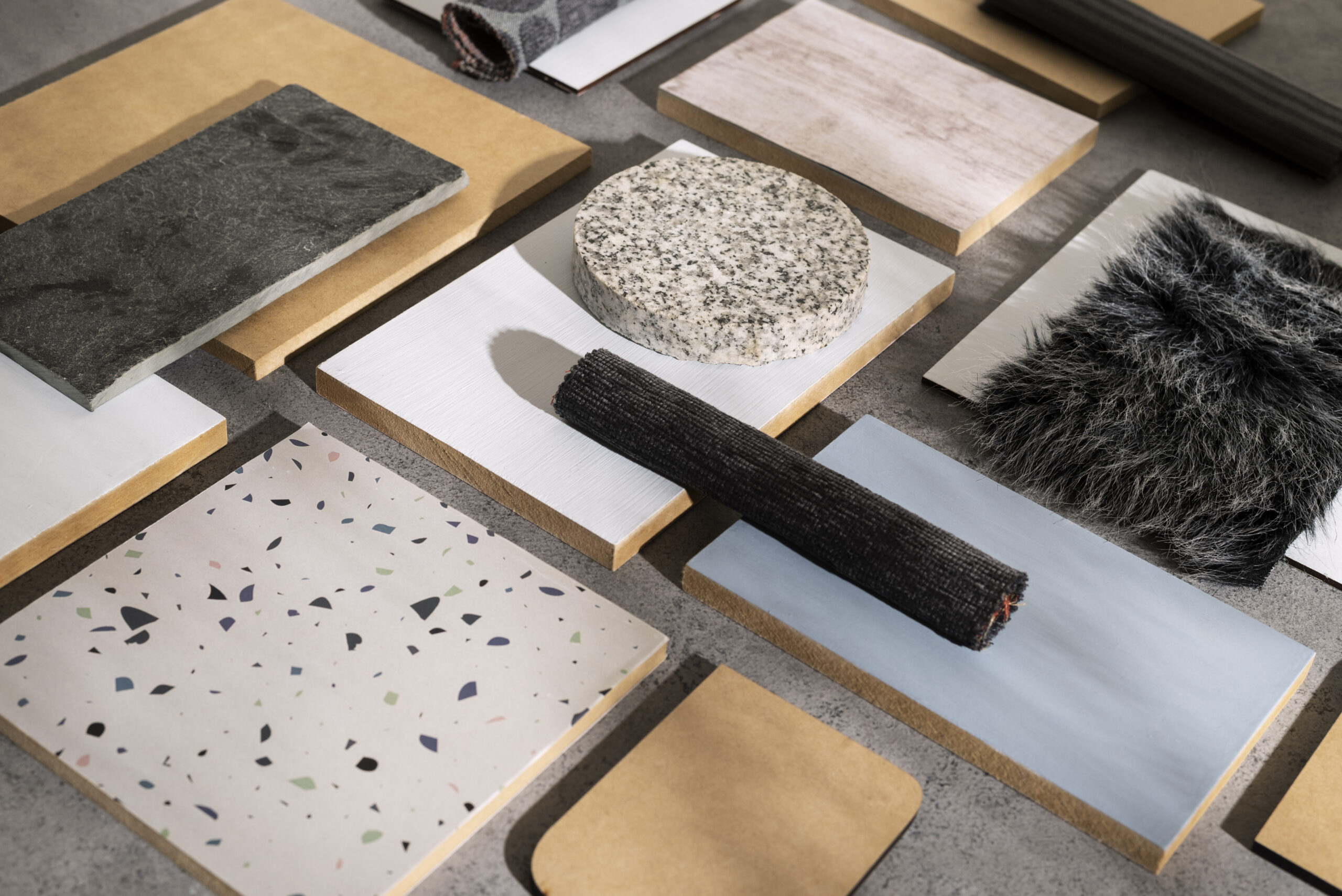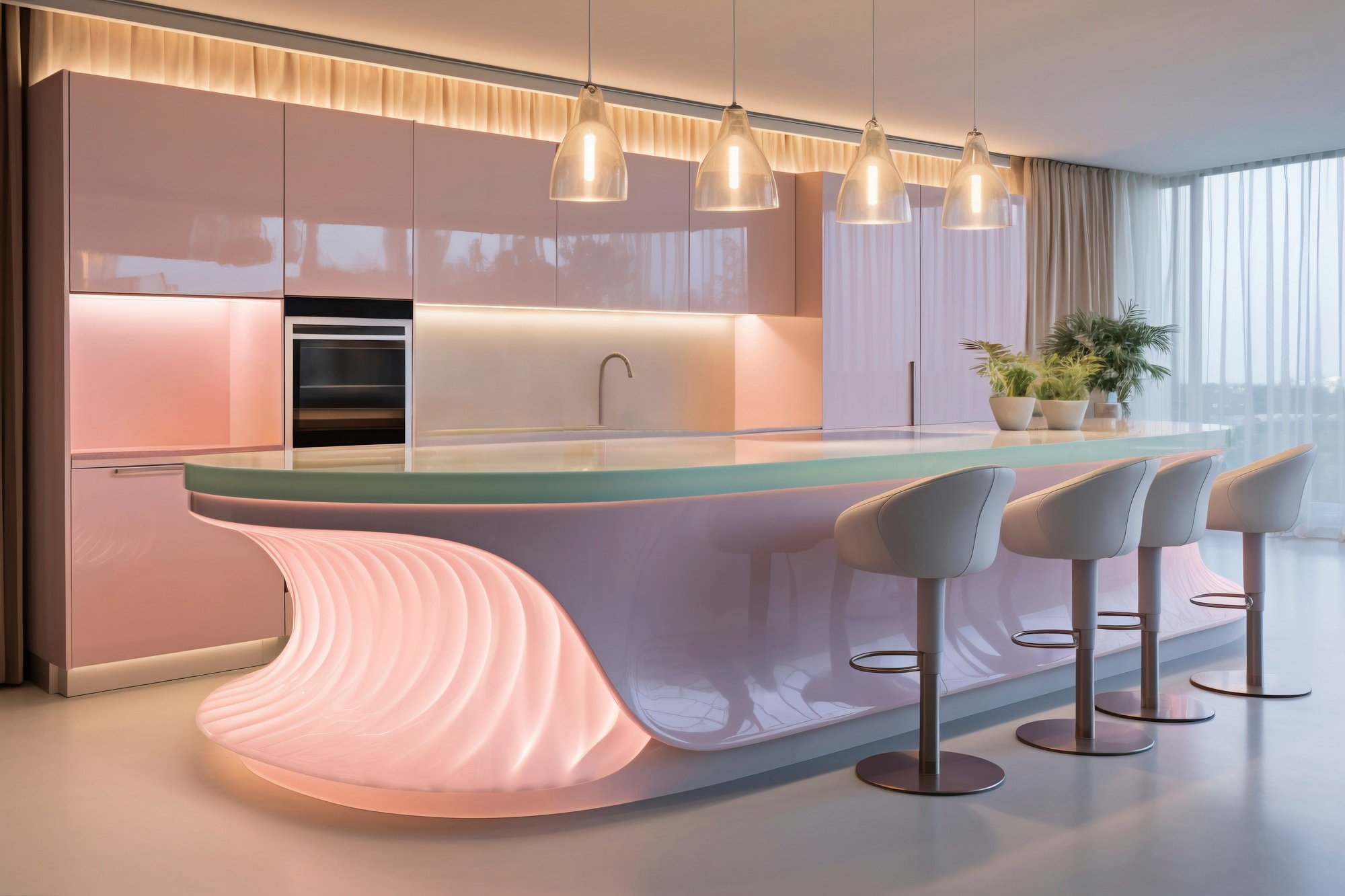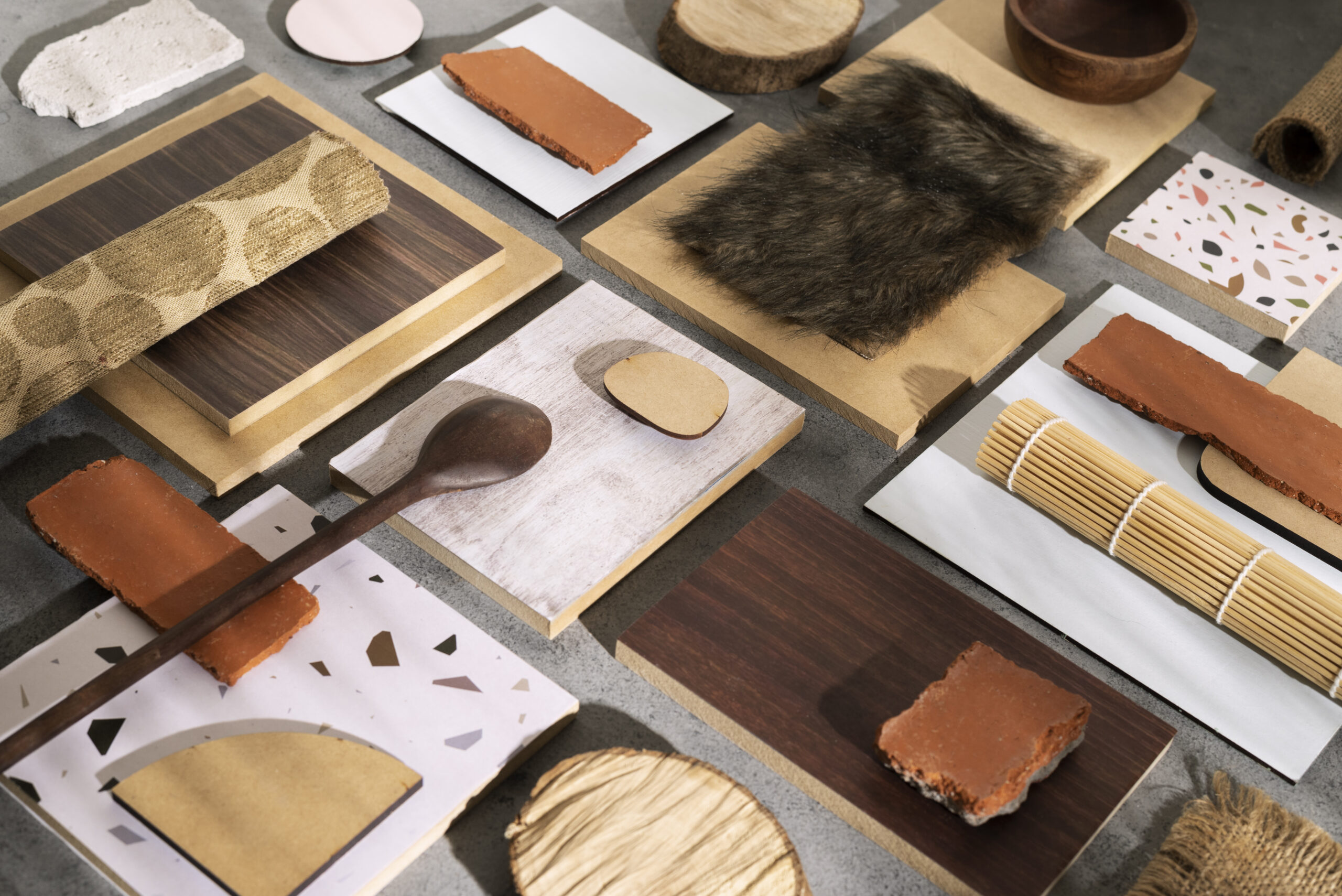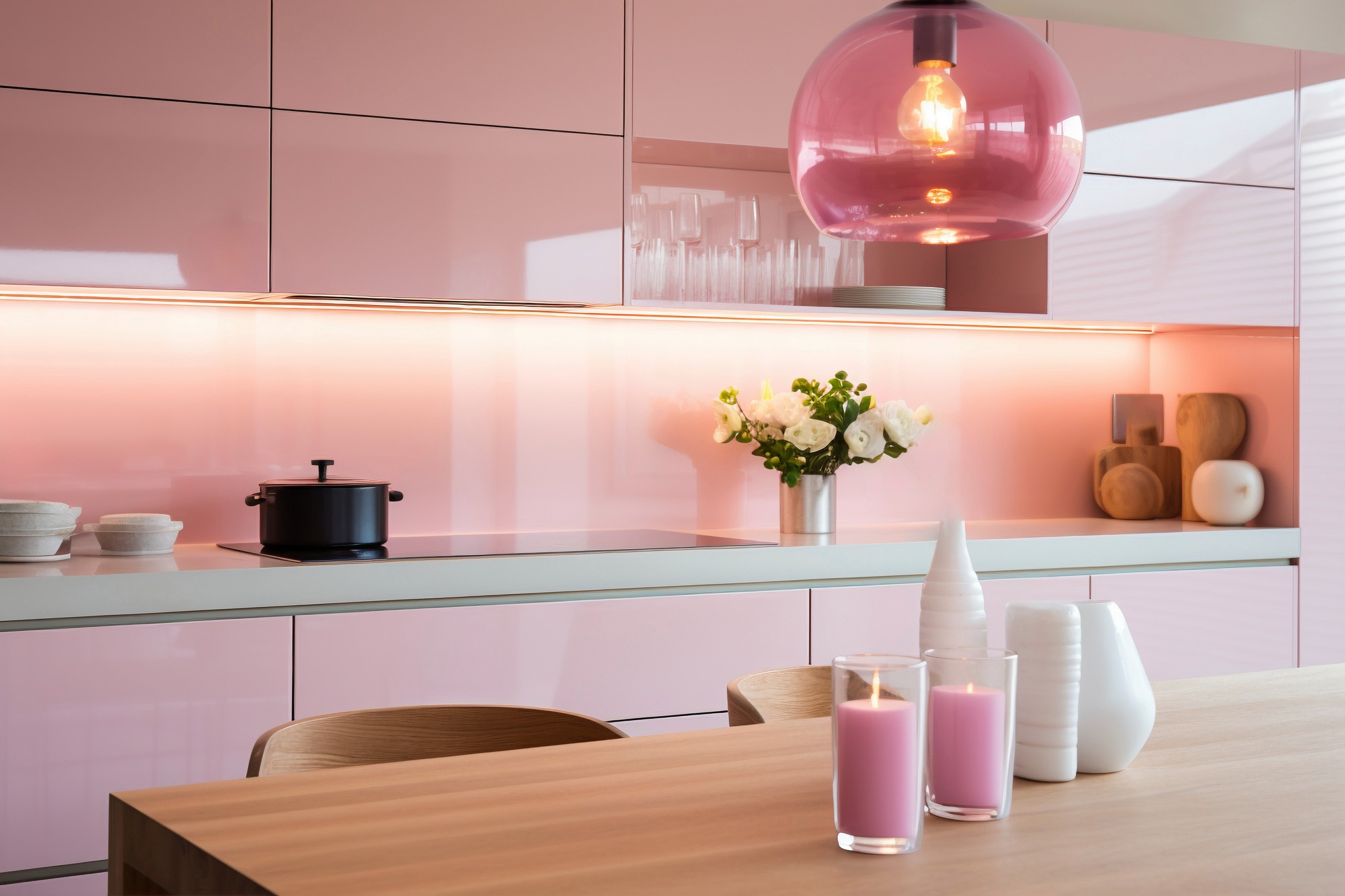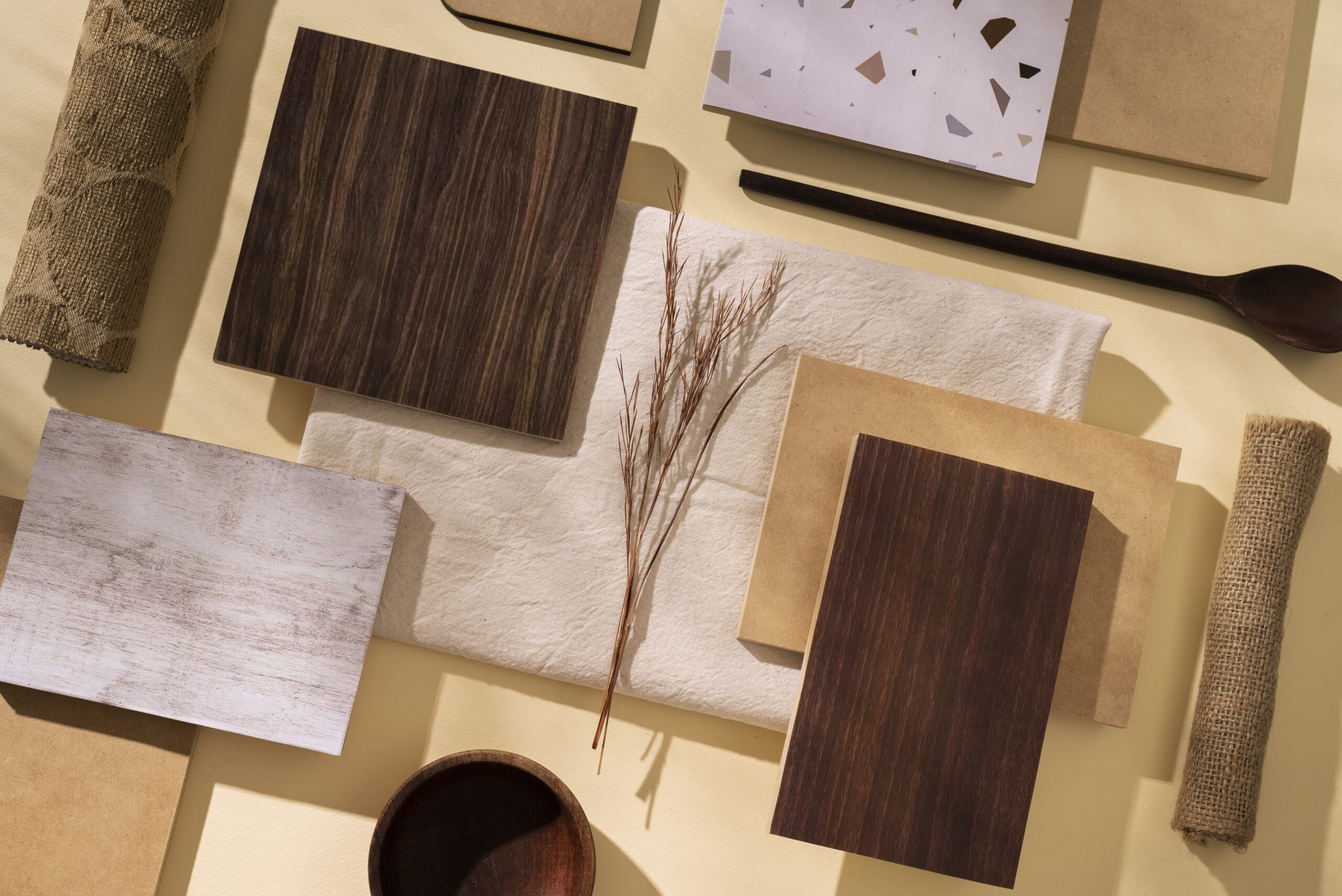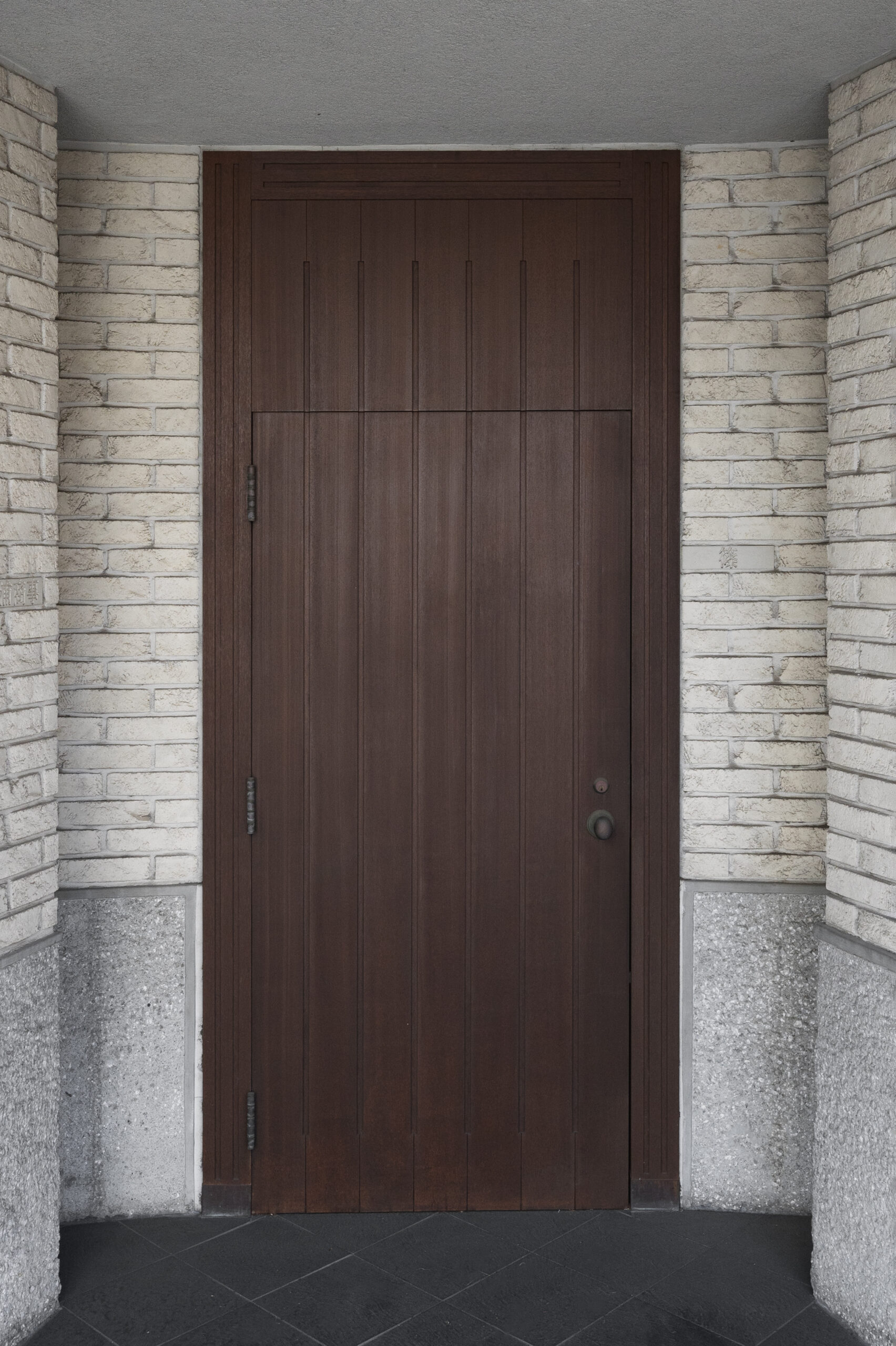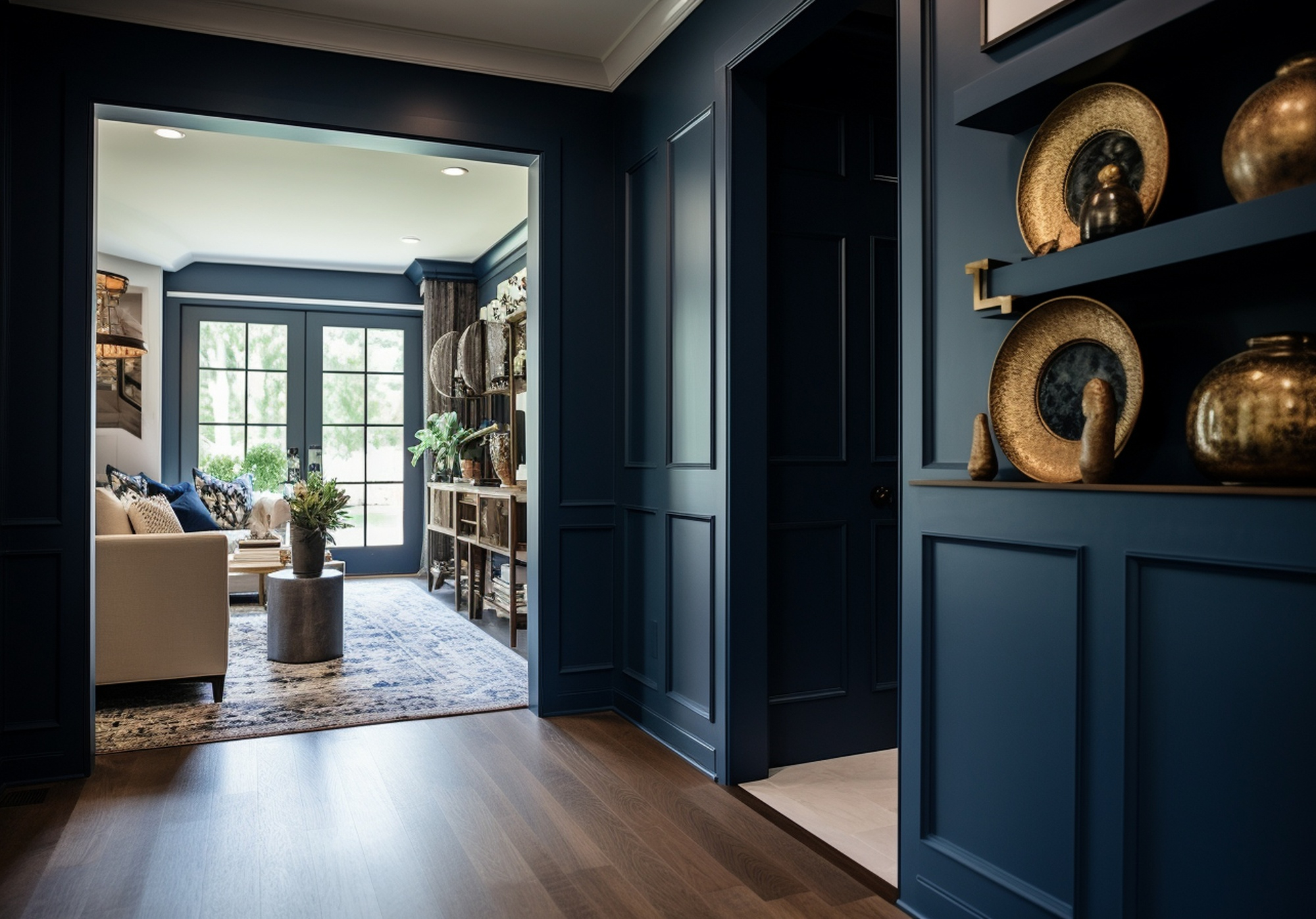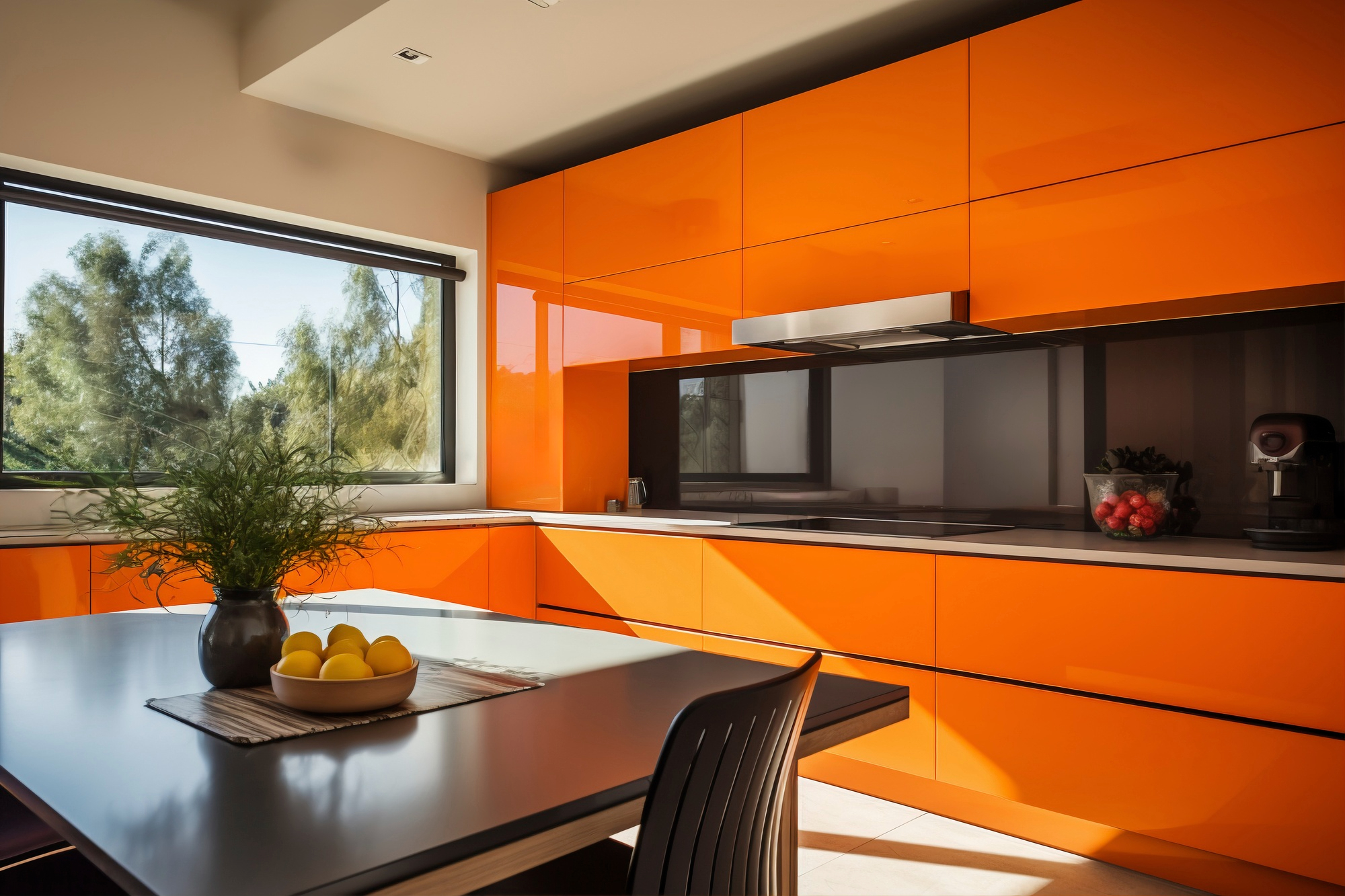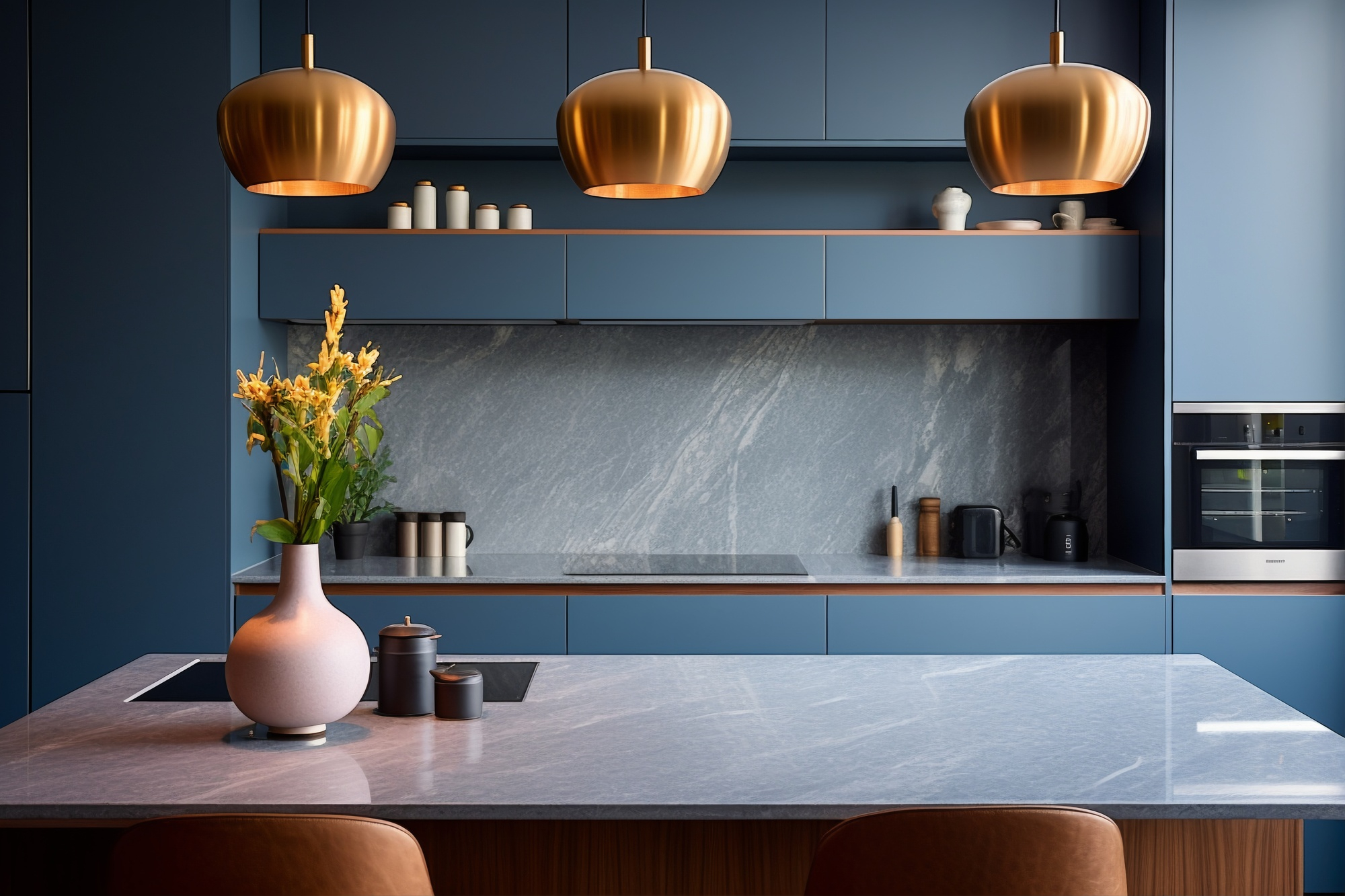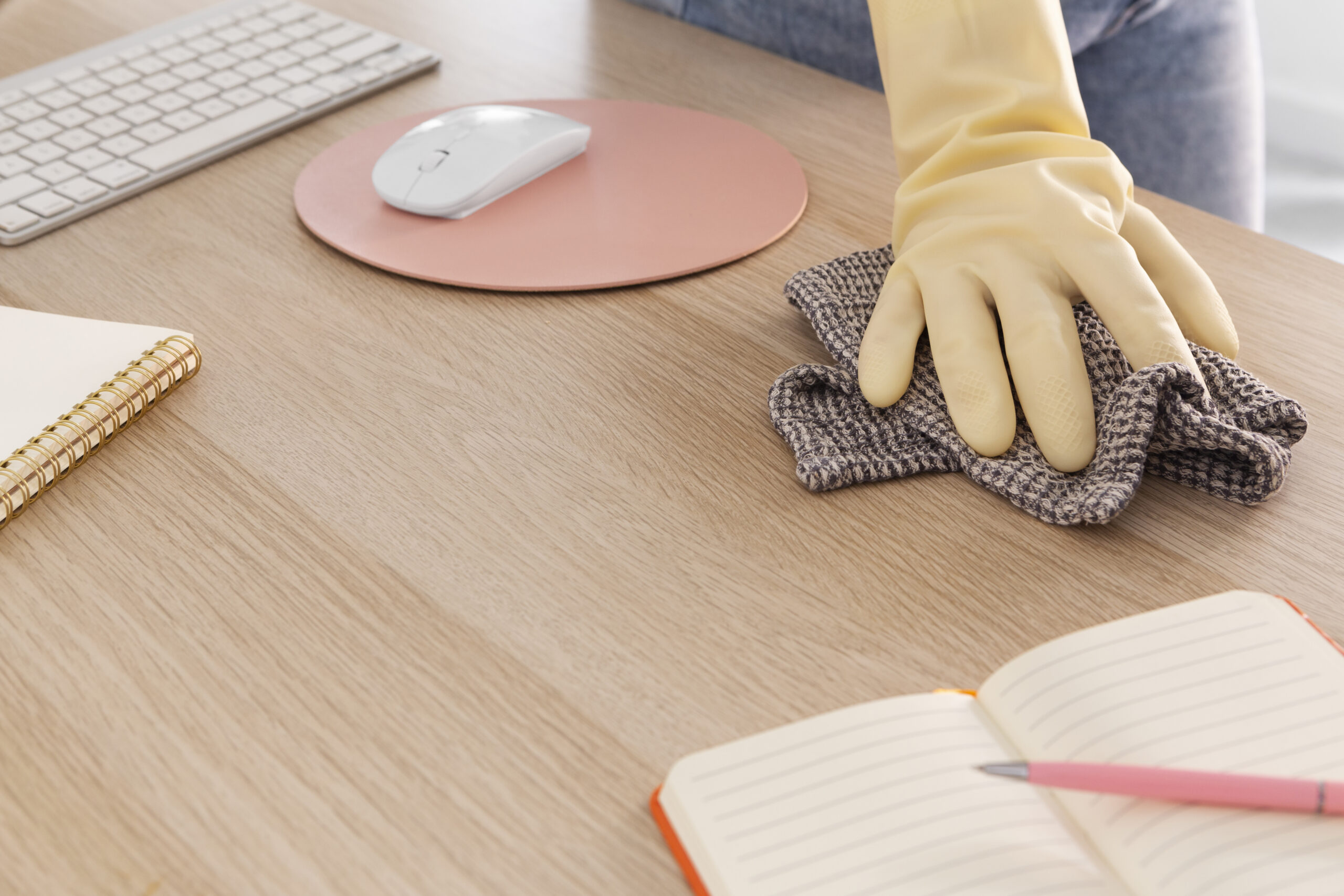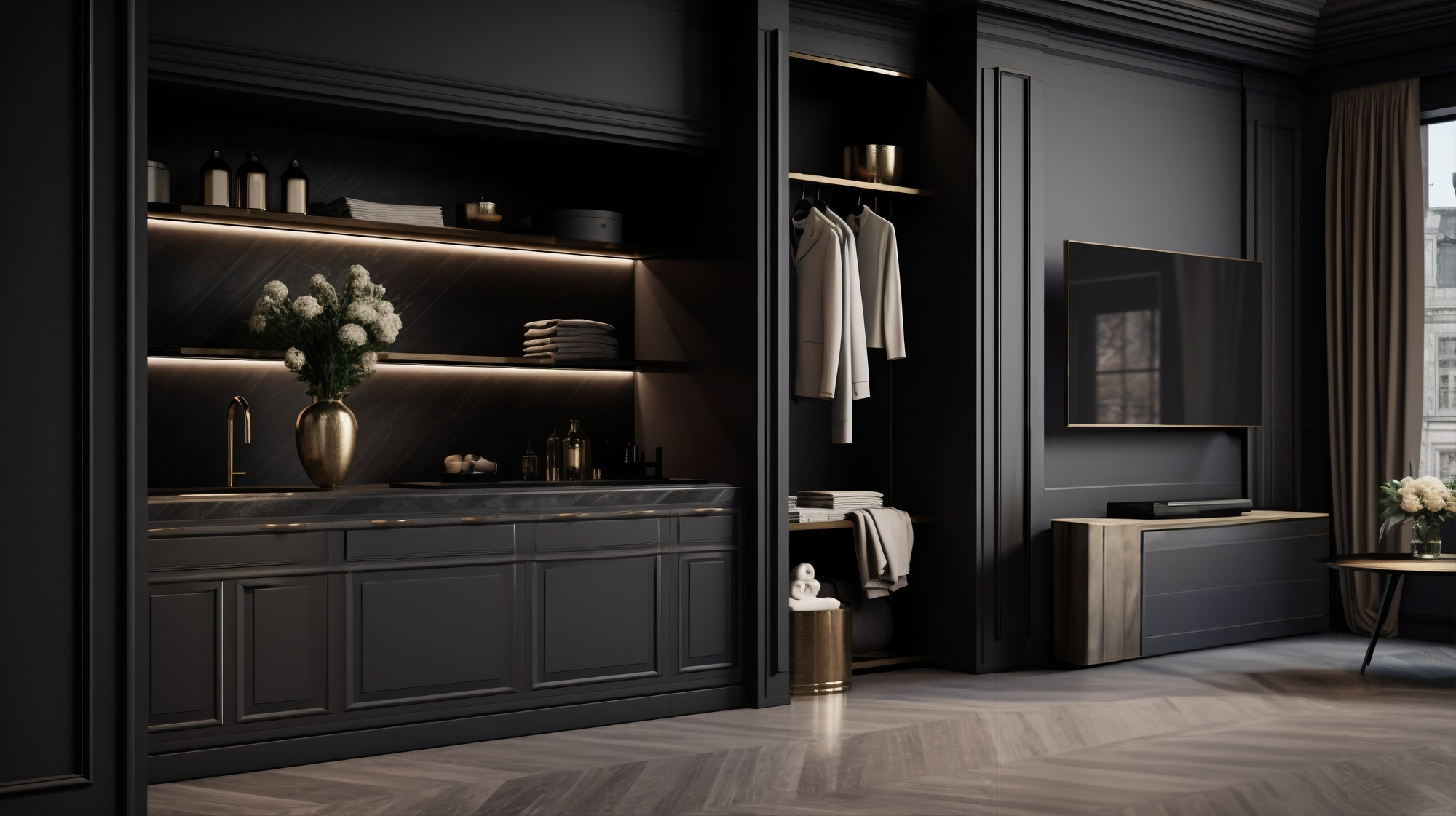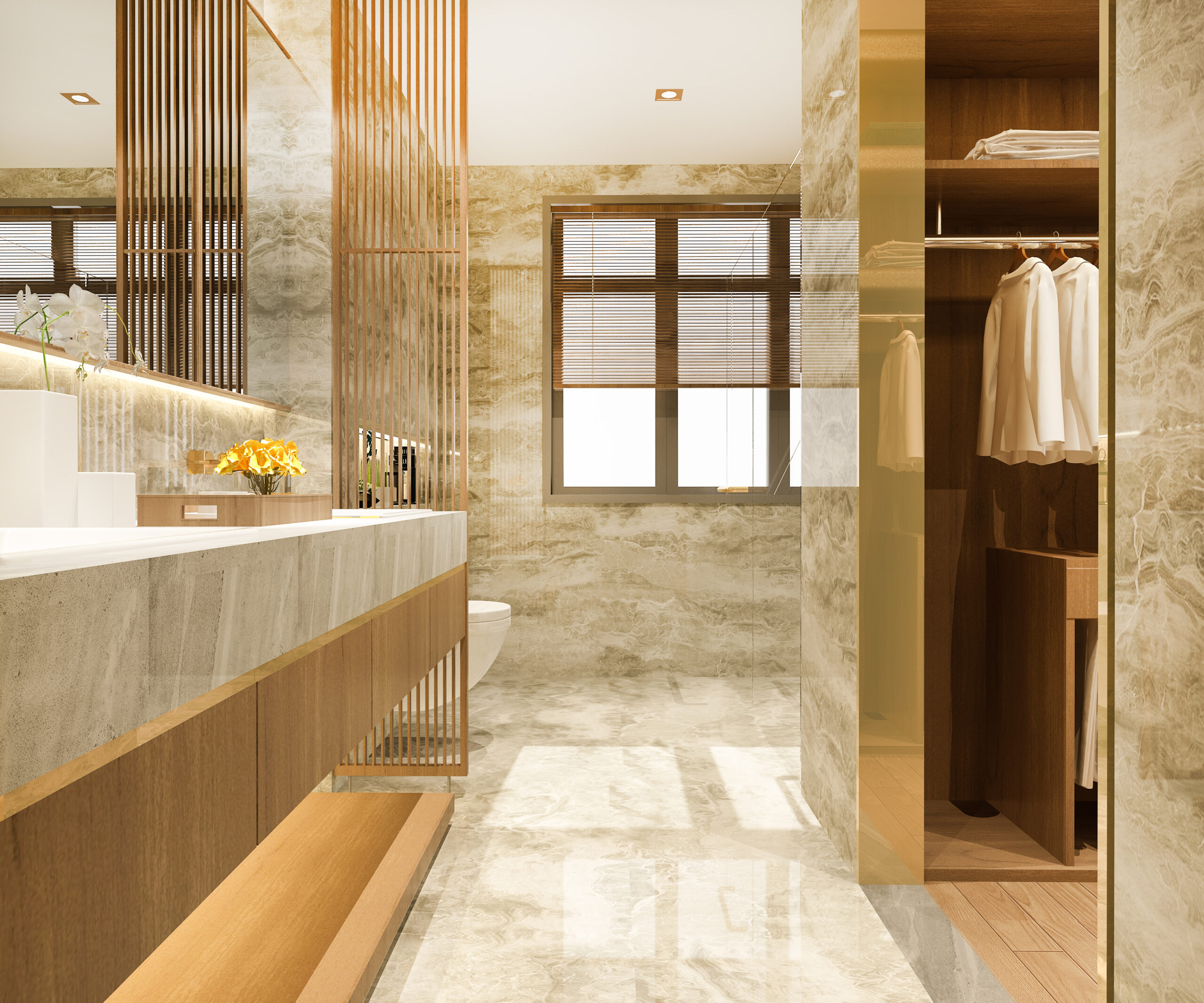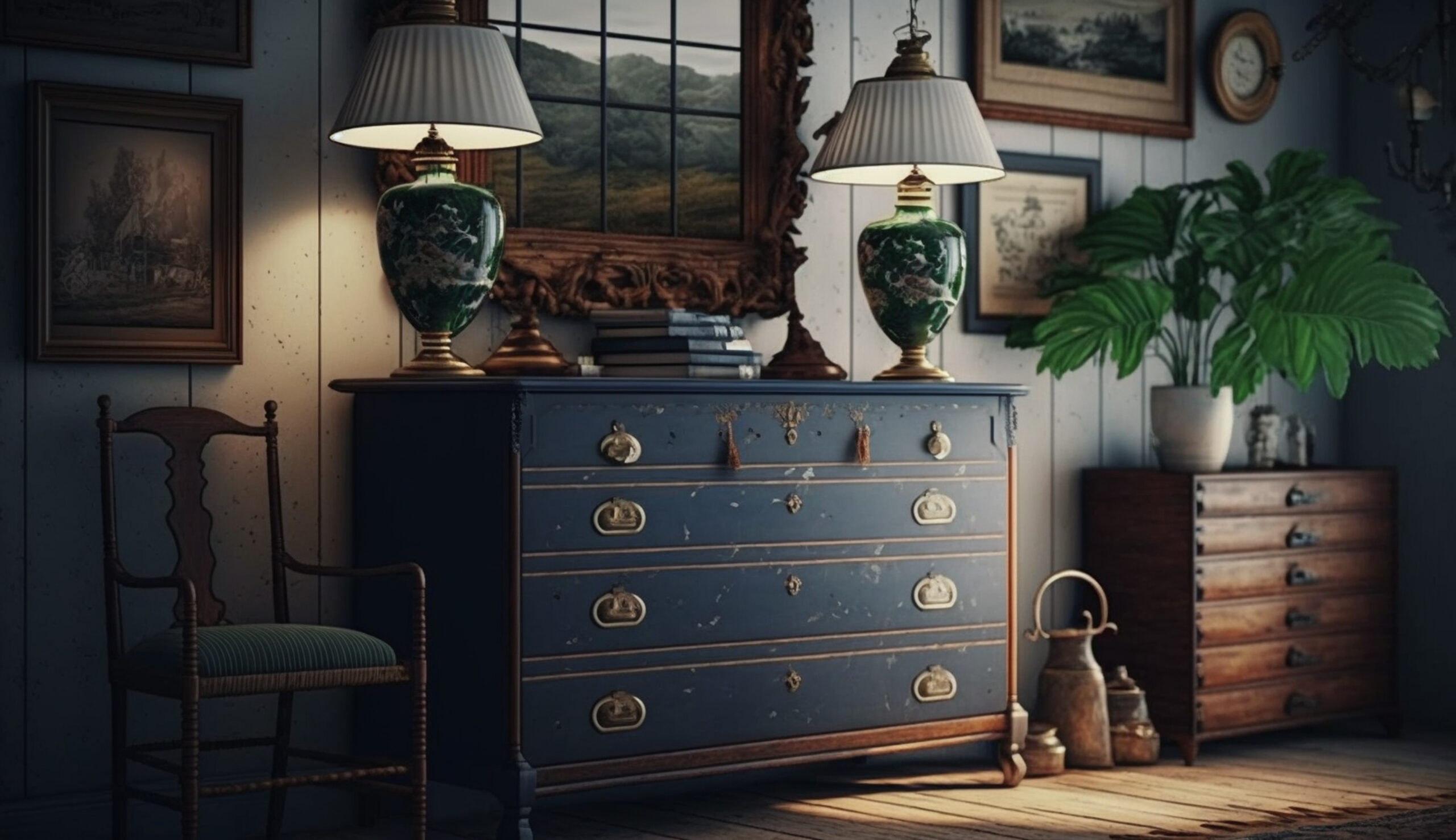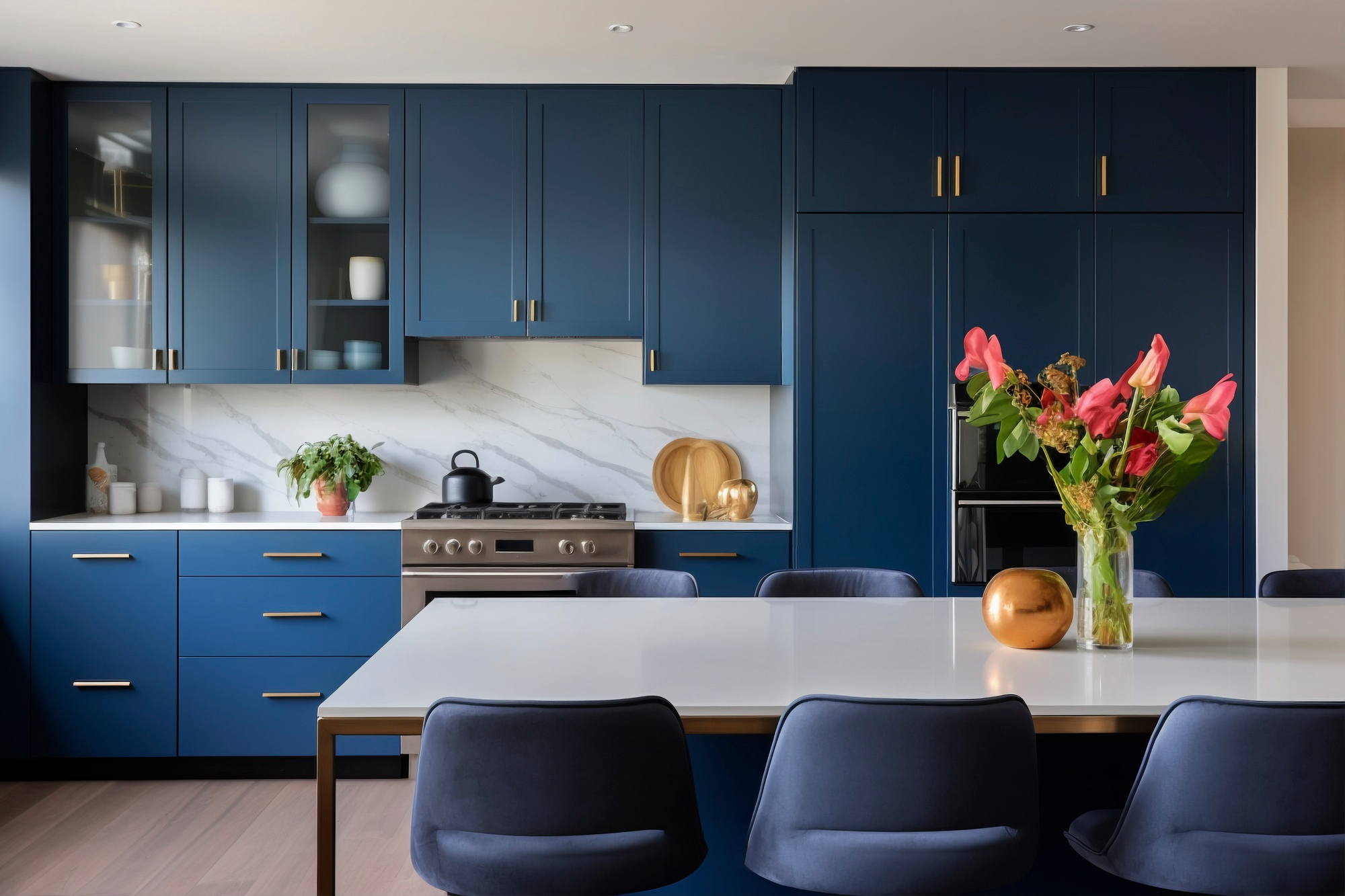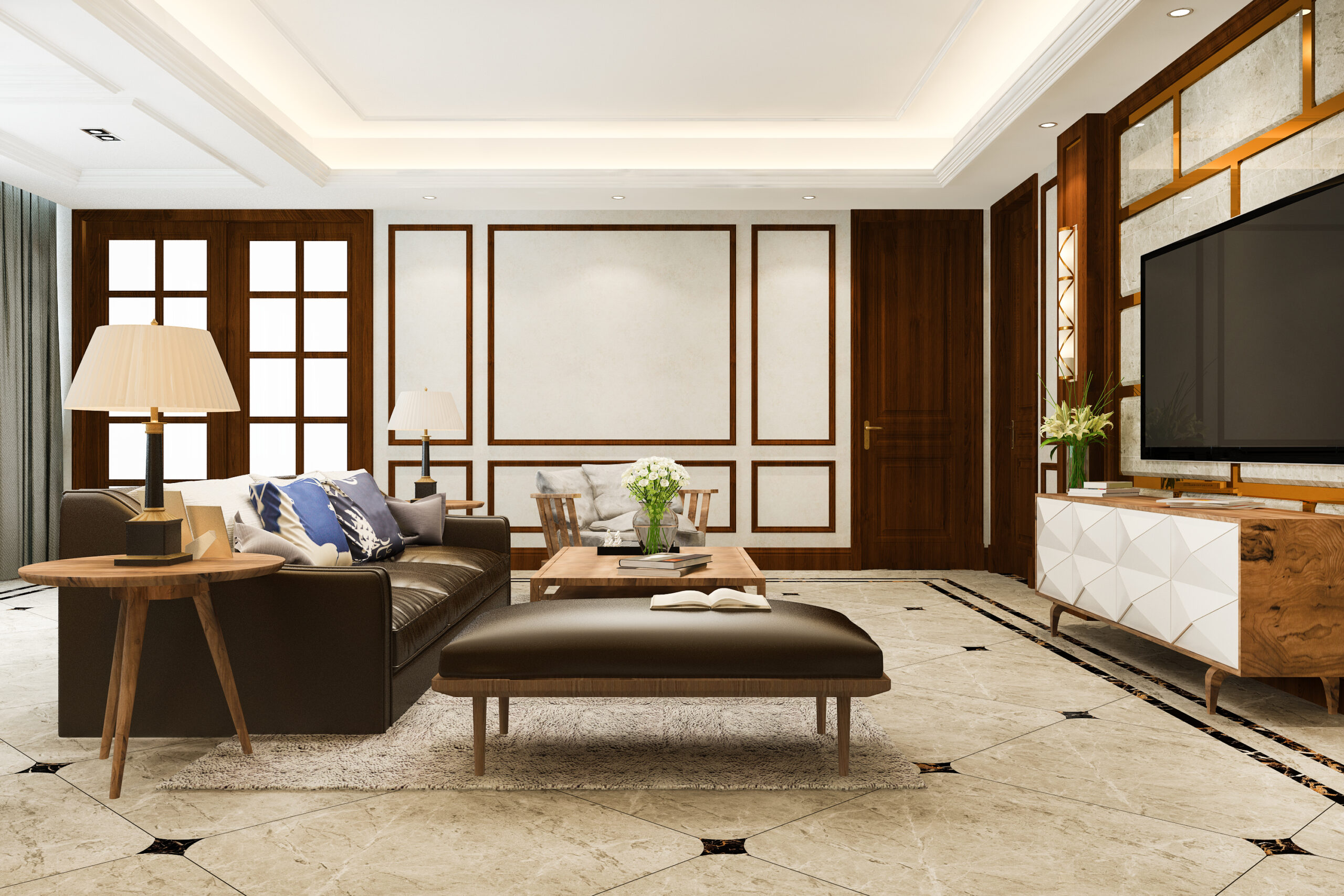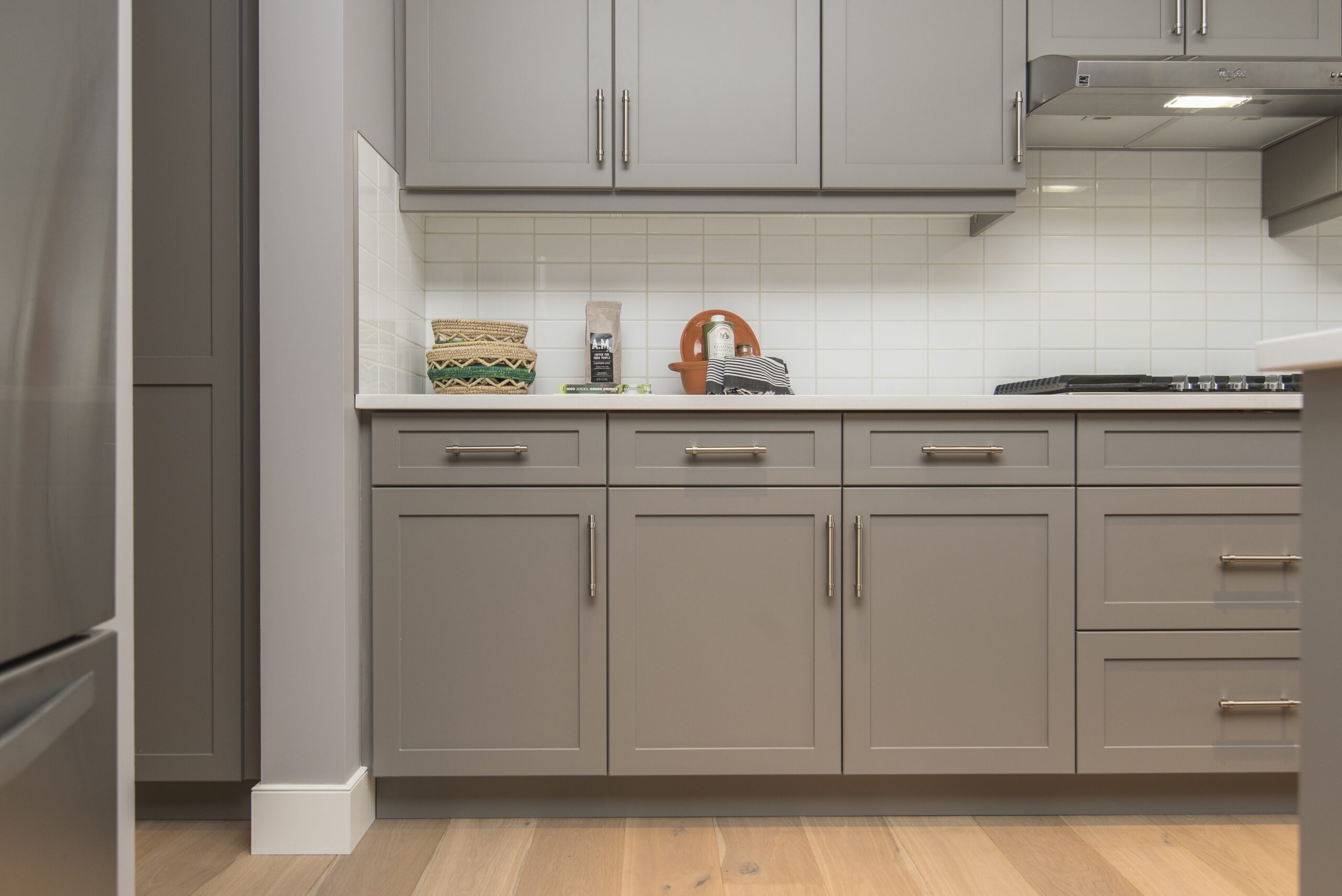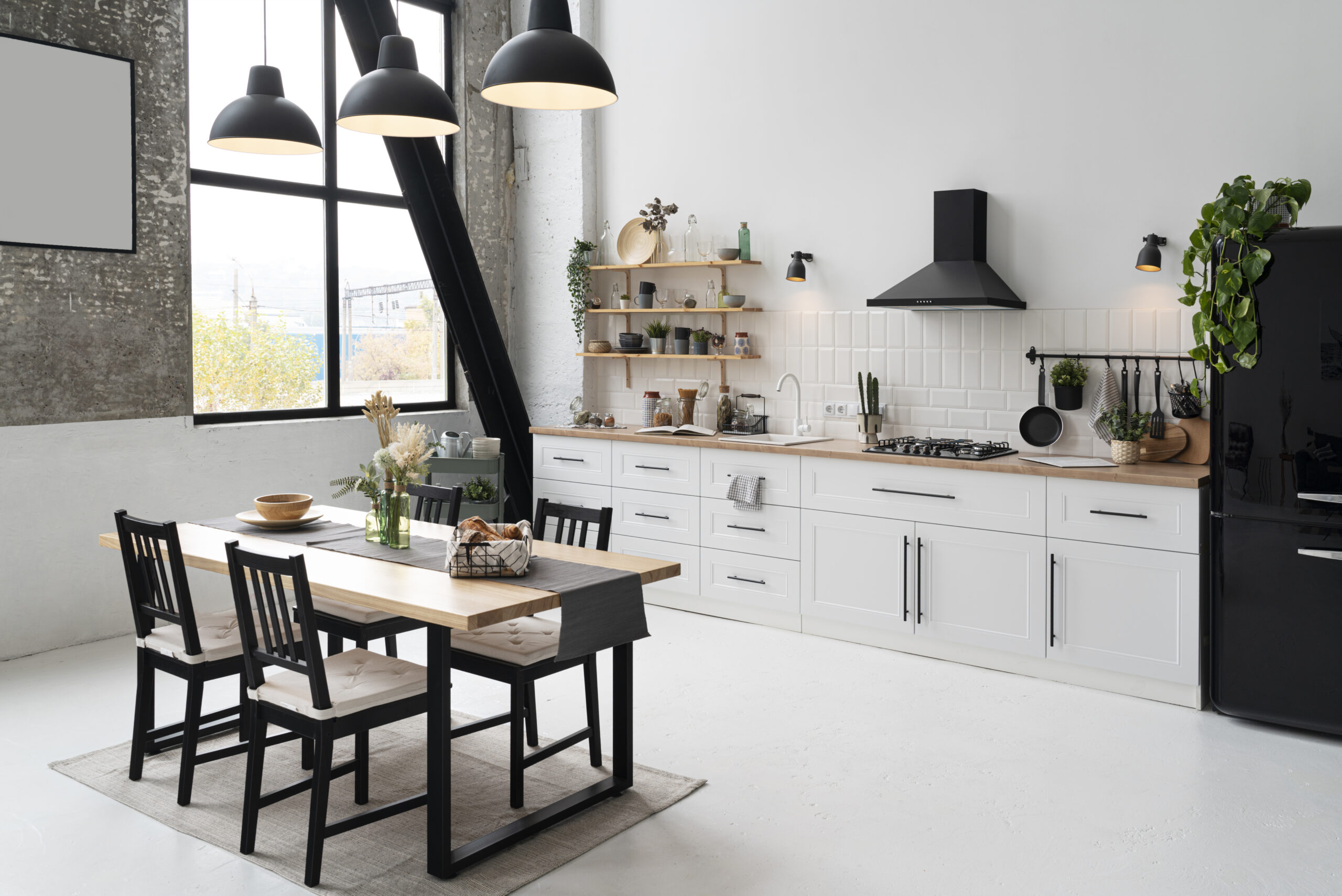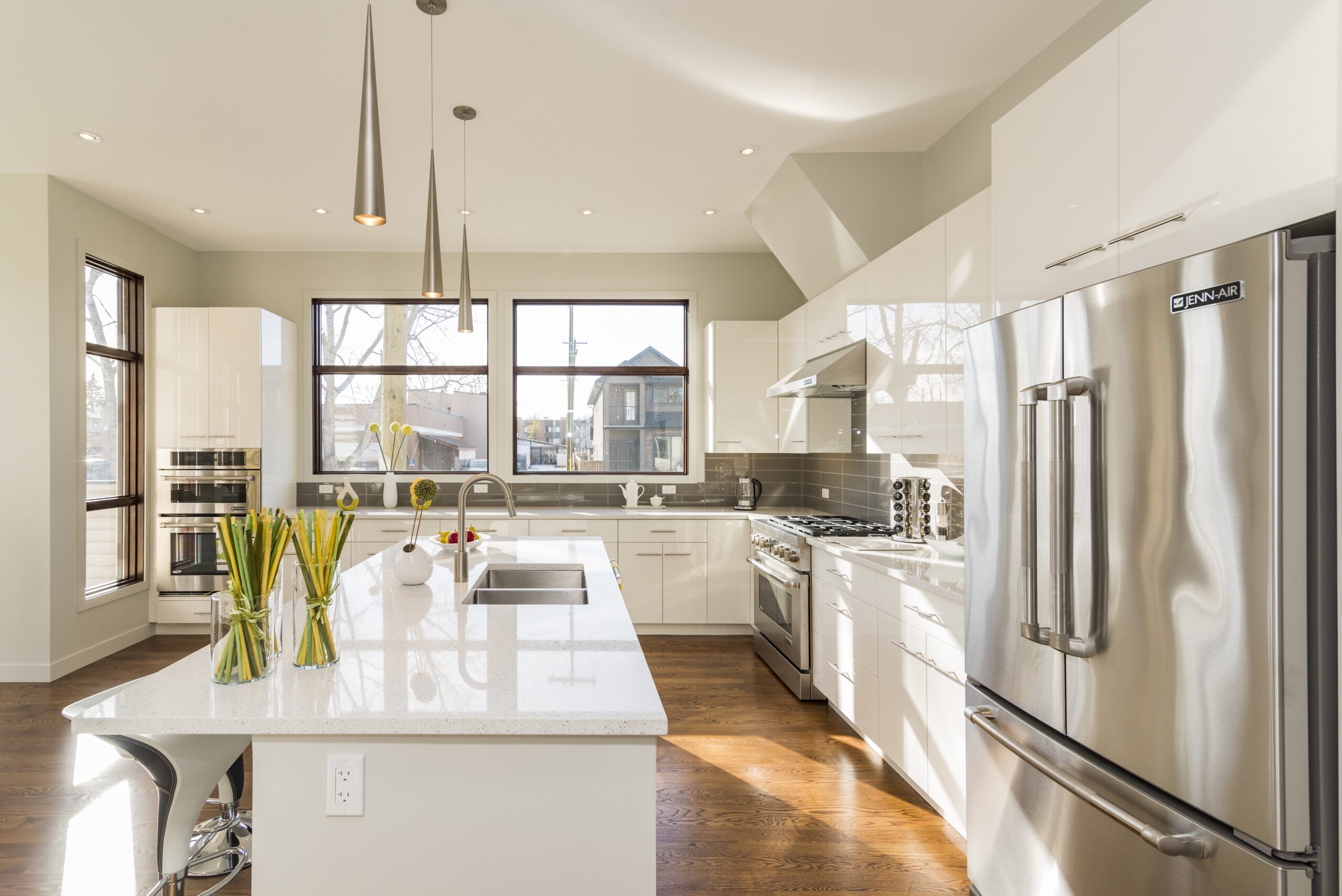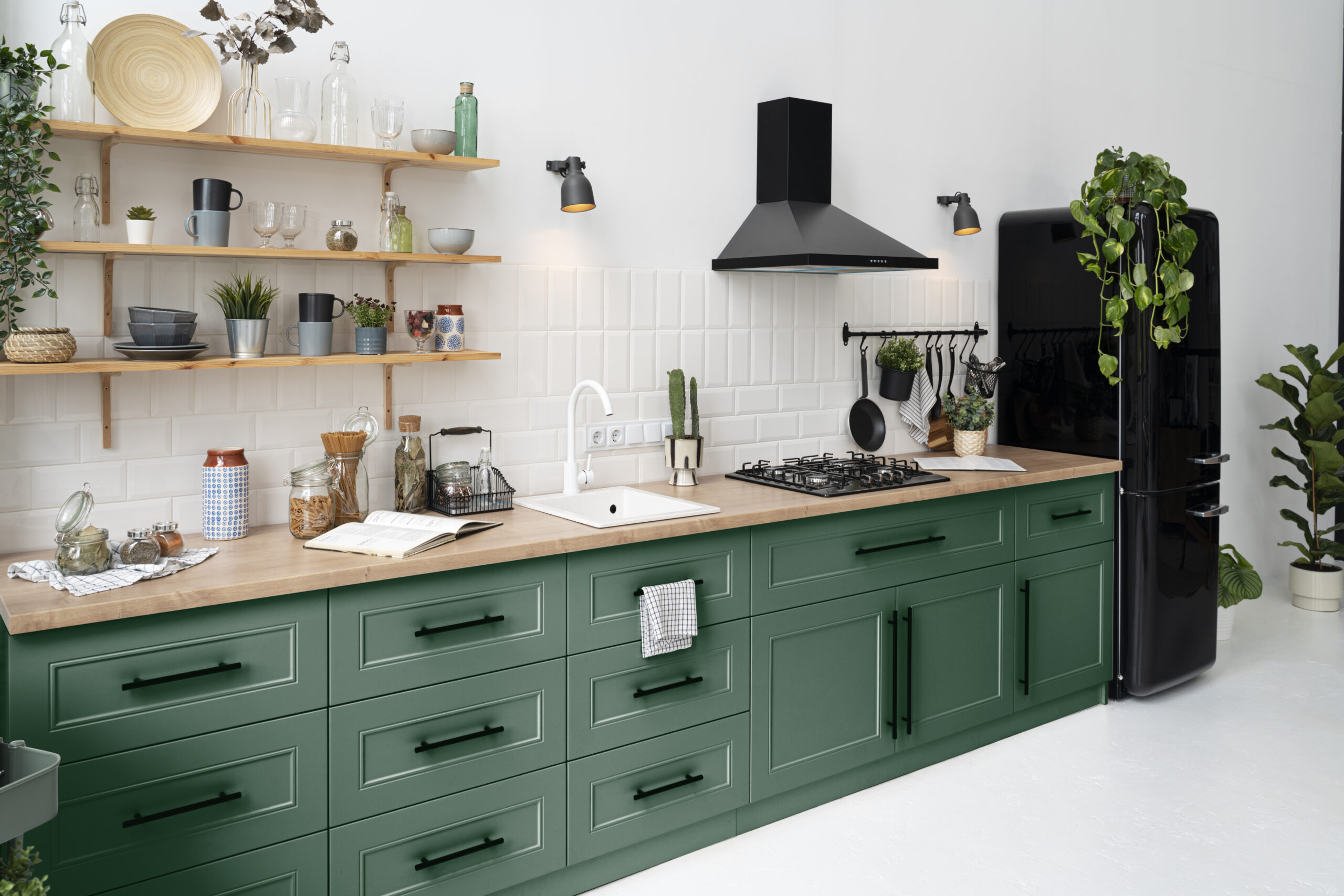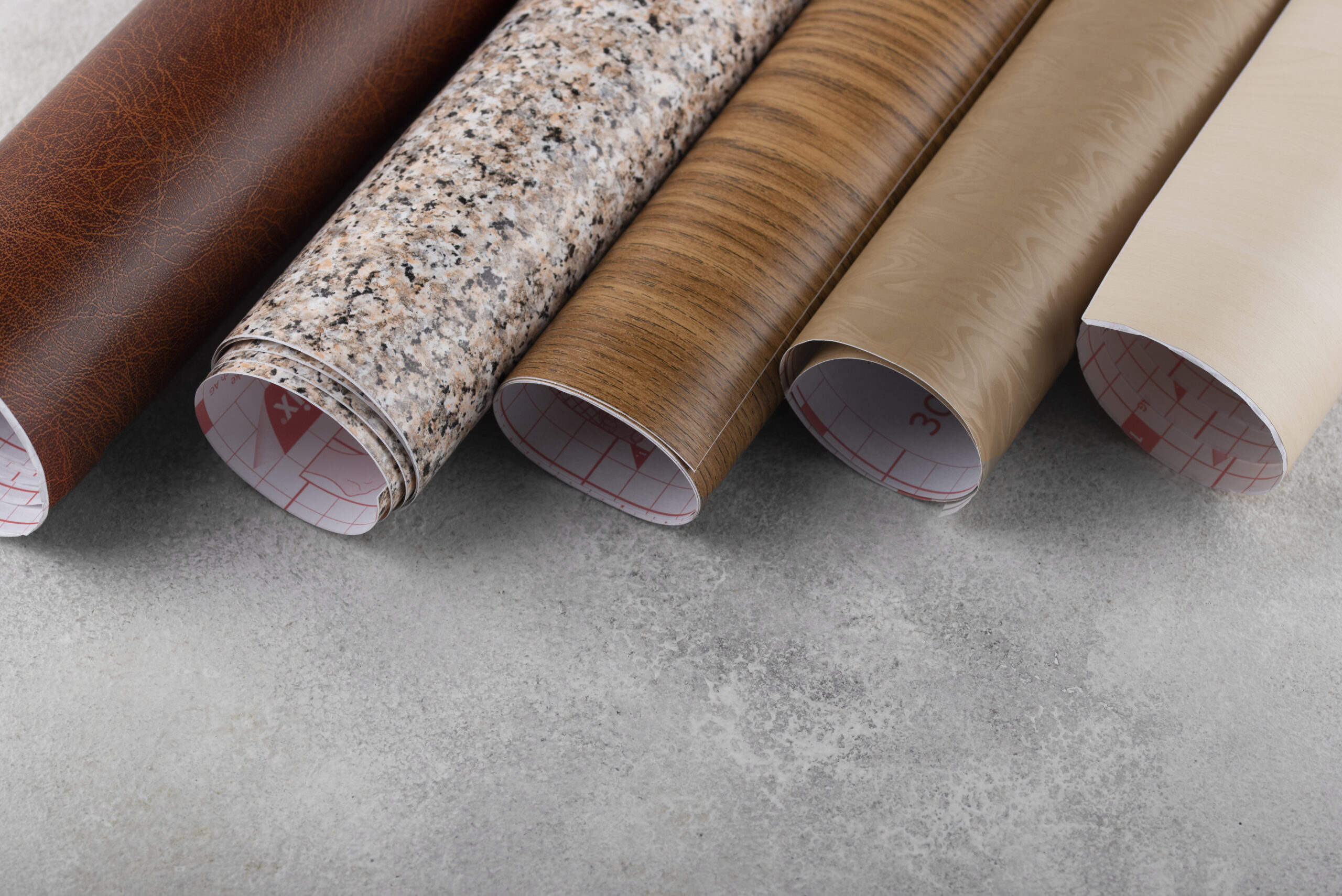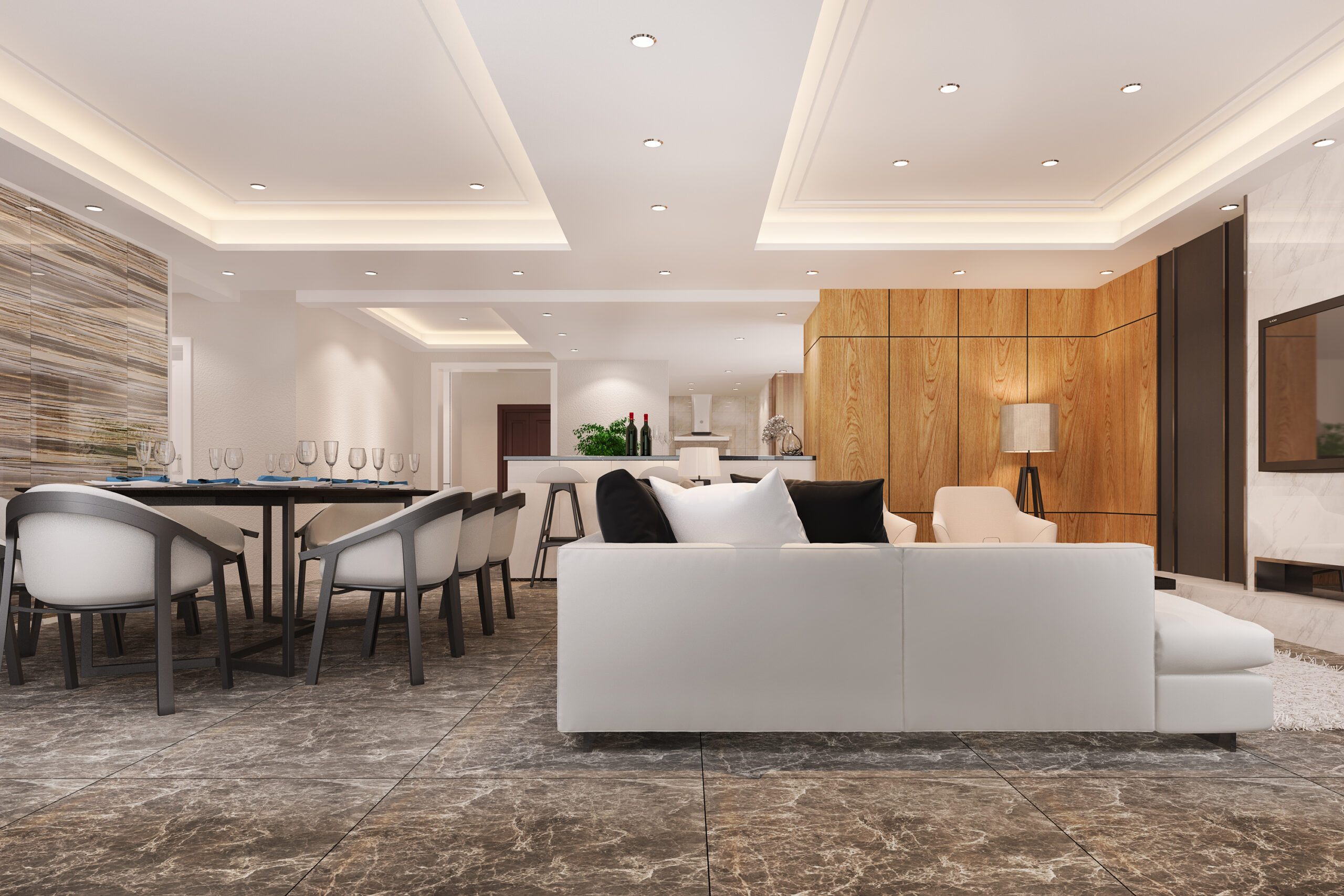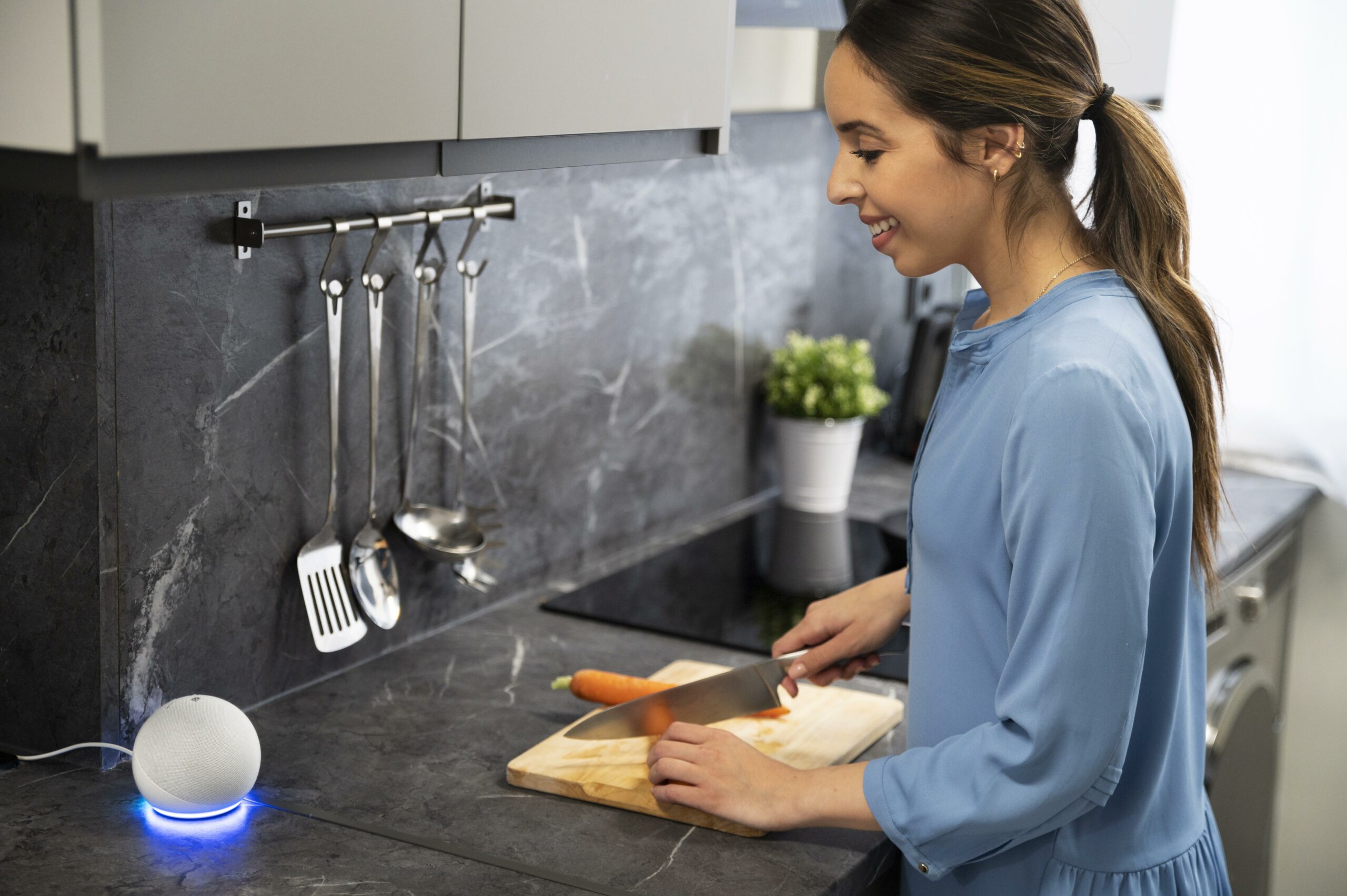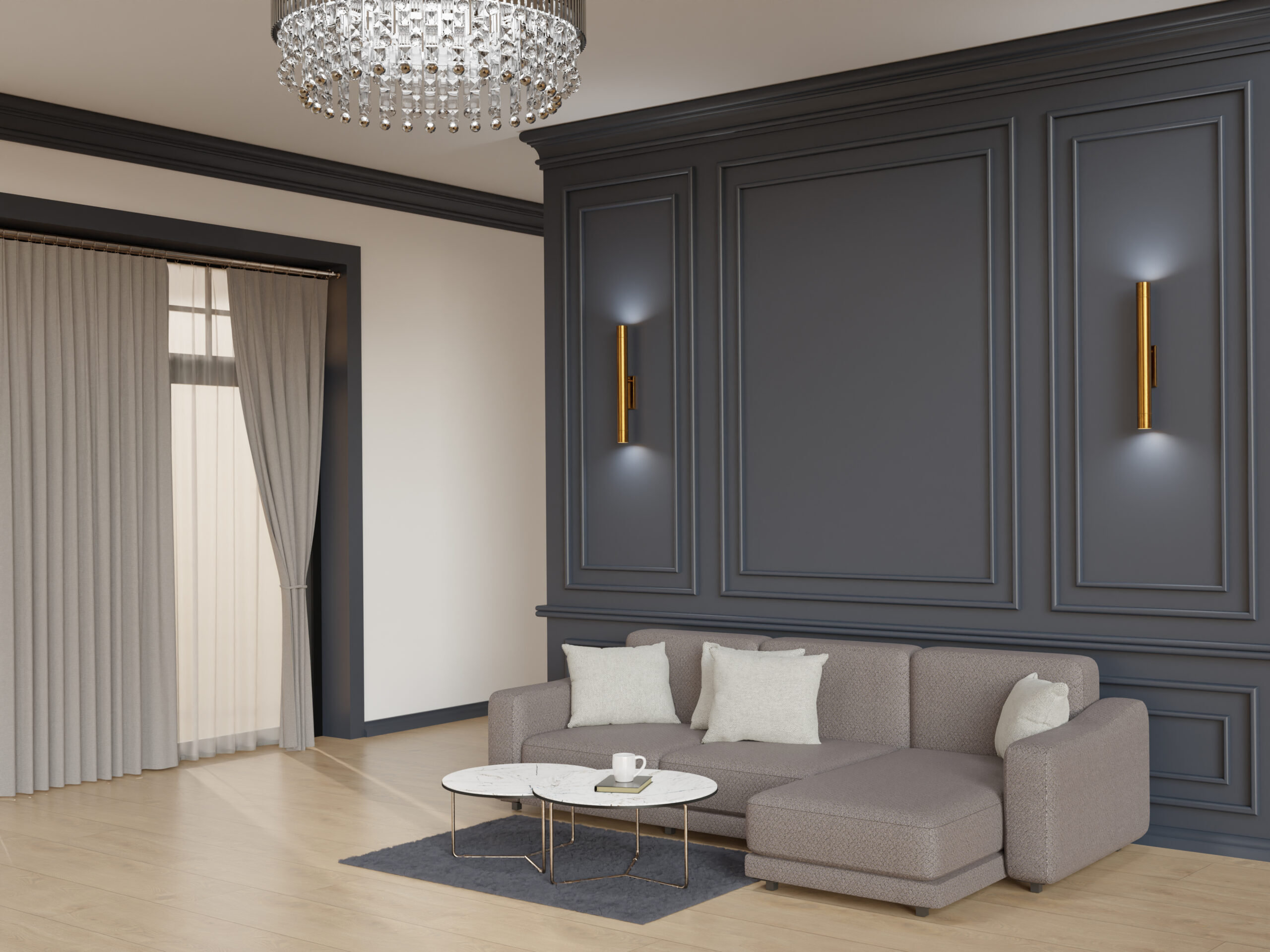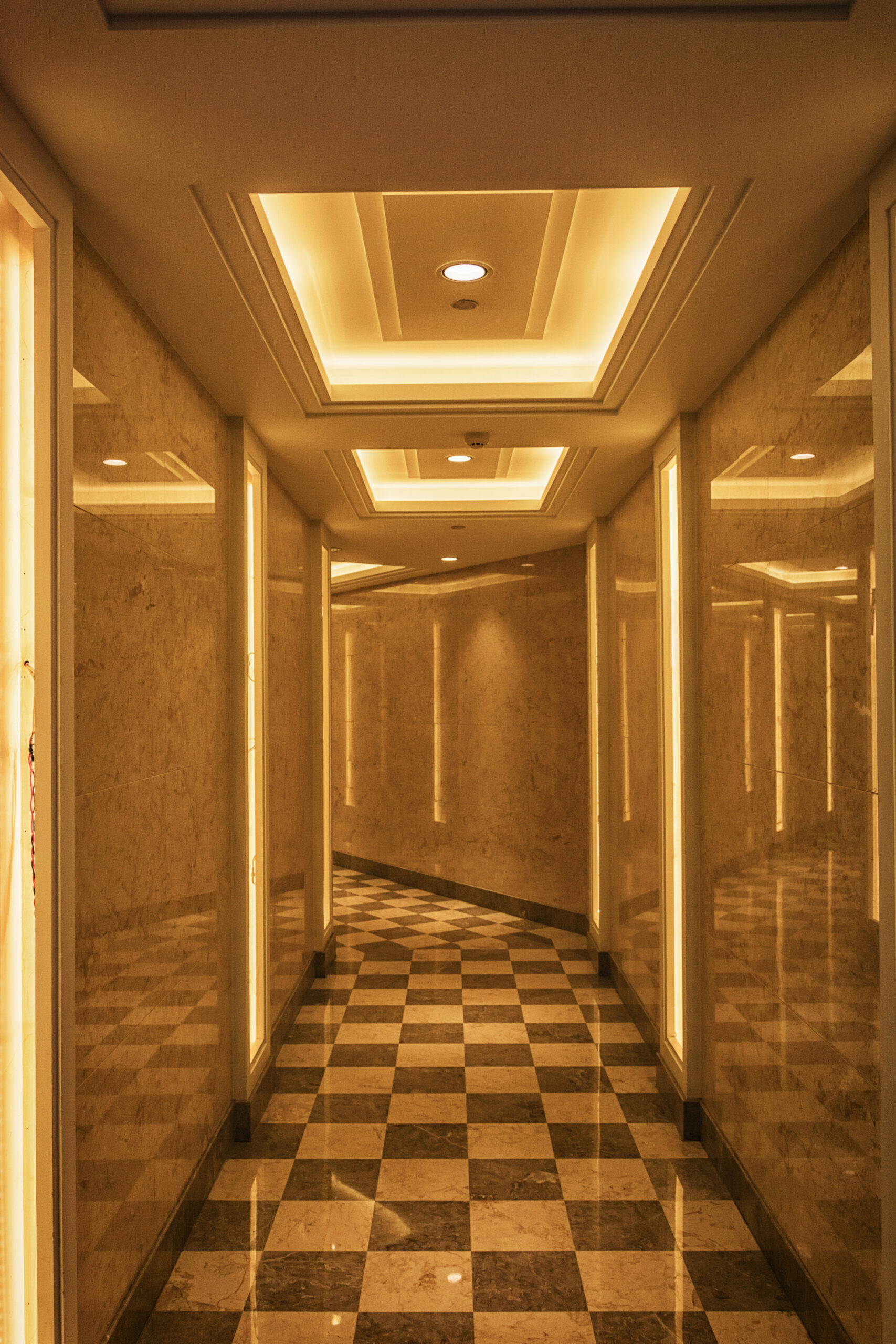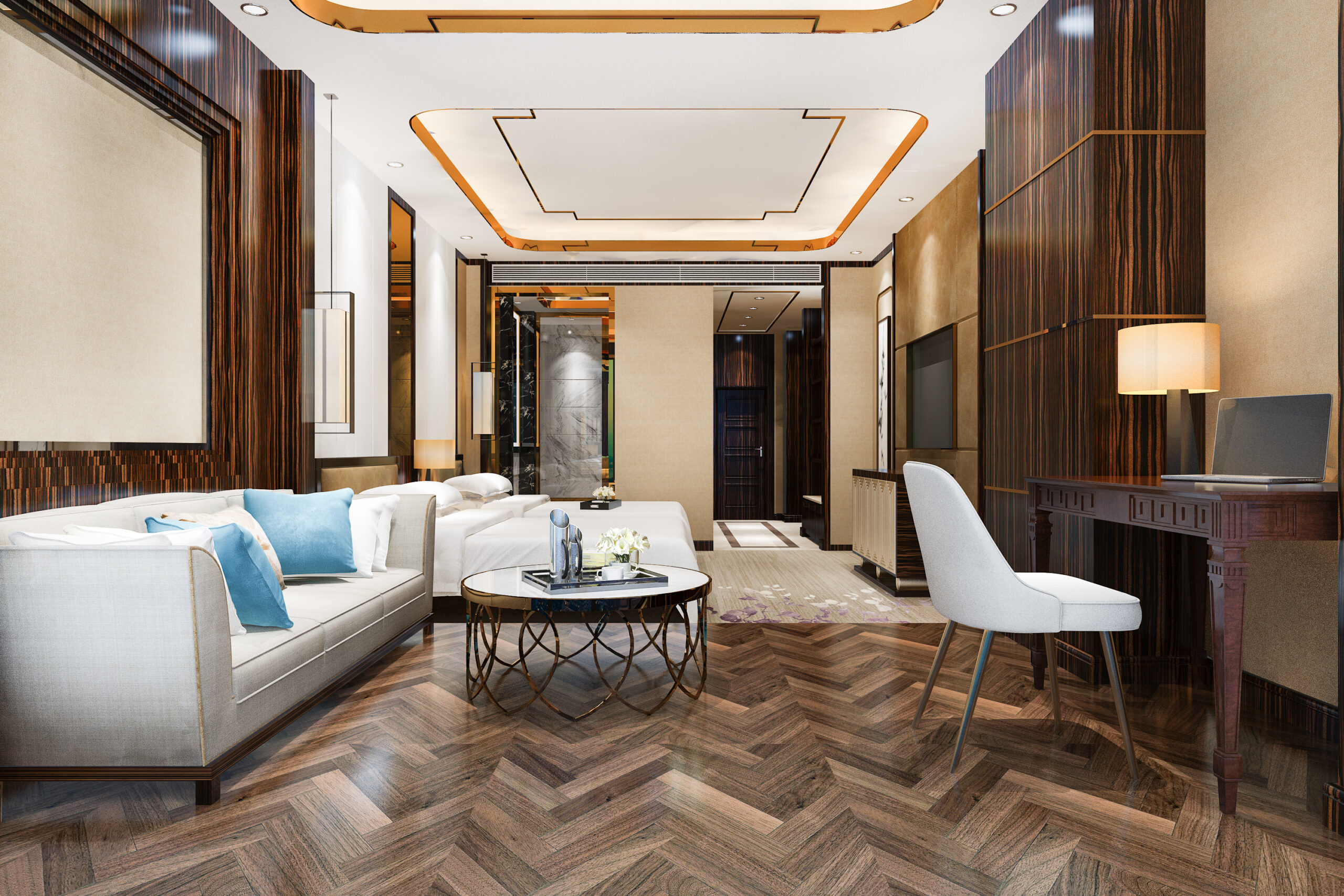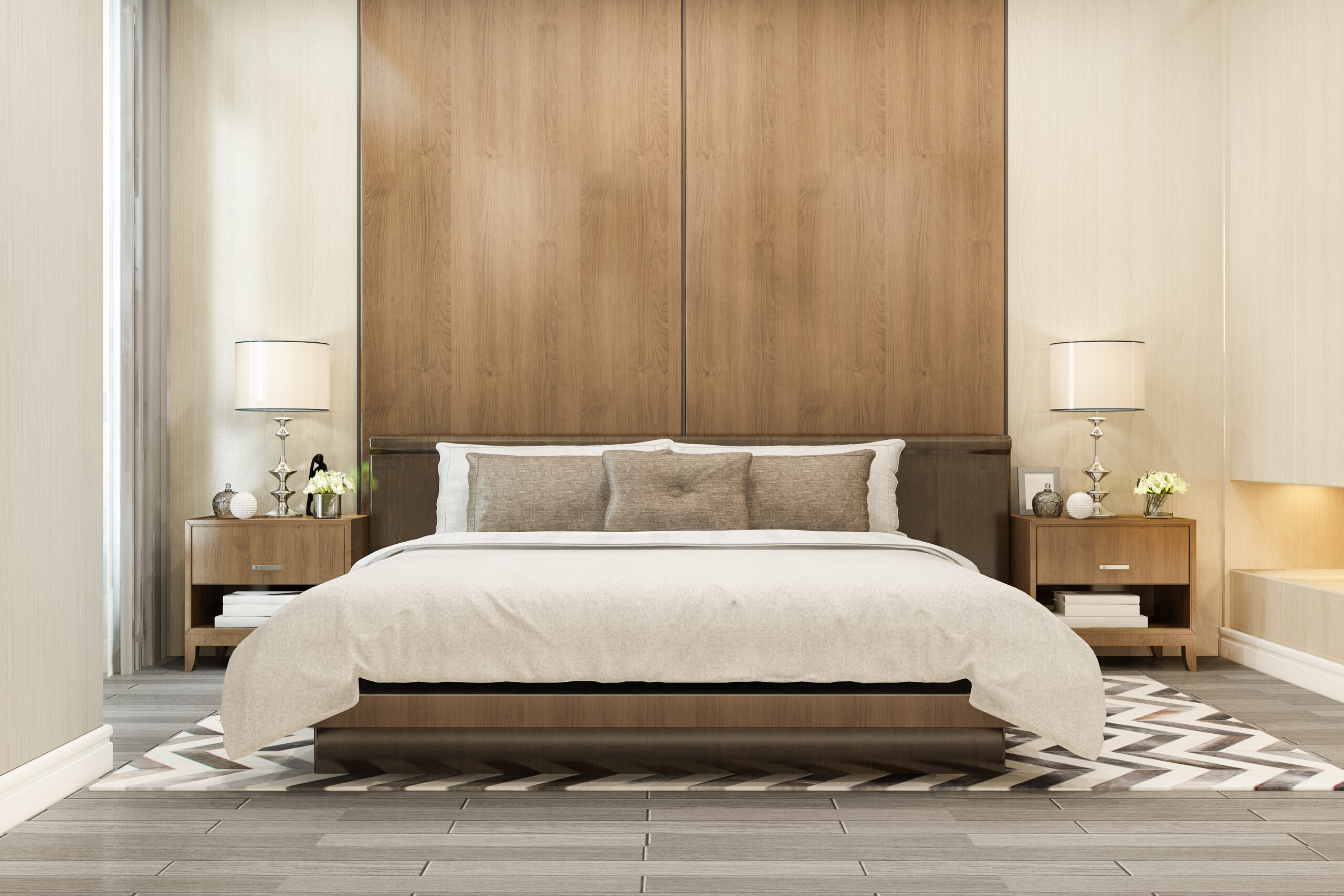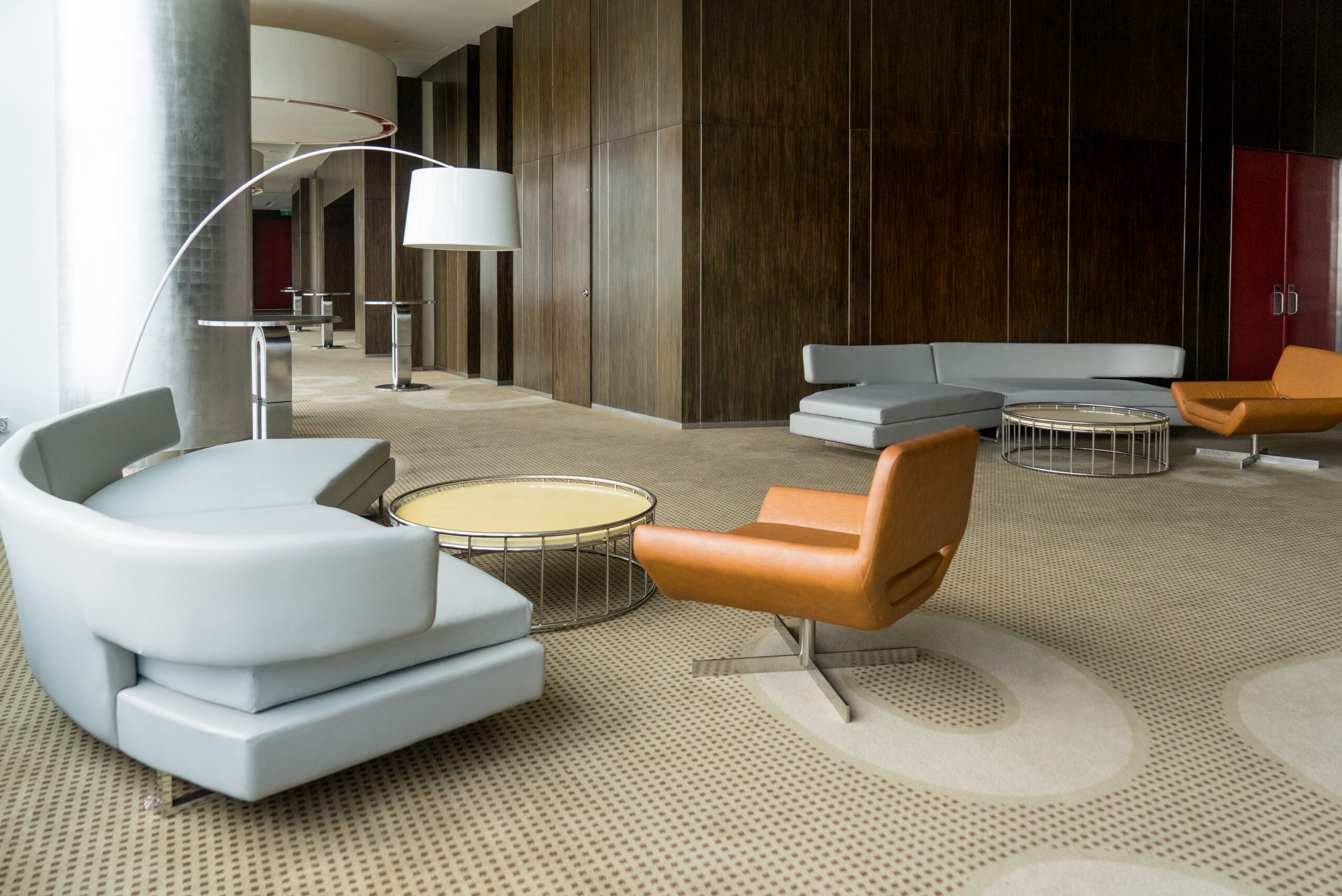If you want to improve the appearance of your walls, you usually have two options: paint or laminate. Each choice has advantages and disadvantages. As a result, based on your specific circumstances, you should choose one of these solutions carefully. This guideline will look at the pros and cons of paint finishes and laminates and help you determine what is best for you.
Benefits of Using Laminates for Walls
Laminates for walls have gained popularity for several reasons, offering a range of benefits that can transform your interior spaces:
Aesthetic Versatility: Laminates from Advance laminates come in various designs, patterns, and textures. Such variety lets you get precisely what you want for your walls, including traditional wood or any modern style.
Durability: Laminate materials are highly robust while also resisting abrasion and impact. Scratch-resistant, they will keep their appearance indefinitely. They are suitable for usage in high-traffic areas.
Simple to Maintain: Maintaining laminates is easy. To keep your laminated walls attractive, clean them regularly using mild detergent and a soft cloth. They offer good stain resistance, making them suitable for dirty environments.
Moisture Resistant Laminates: Moisture-resistant laminates are suitable for usage in moist settings such as kitchens and bathrooms.
Cost-effective: These laminates are less expensive than wood or genuine stones. They mimic the look of these high-priced materials at a fraction of the expense.
Customisation: They also allow customisation on the same wall laminates, so you can have a unique design and stand out.
Versatility: The laminates can be used on walls, tables, cabinets, and other surfaces. They are highly customisable, making them excellent for various interior design tasks.
Using laminates from reputed brands like Advance Laminates will always be beneficial. Make sure to use these trusted brands as their benefits outweigh the disadvantages.
Disadvantages of Laminates for Walls
While laminates offer many advantages, they also come with a few disadvantages to consider:
Not Ideal for Uneven Surfaces: Laminates may be ineffective in concealing or adapting to unevenly shaped walls. Any imperfections in the walls may allow the laminate to show through.
Lack of Heat Resistance: High temperatures also have a negative impact on laminates, resulting in damage. Do not place hot objects on the surface of a wall, as this may result in a burn or some unsightly colours pealing out.
Scratch Resistance: Laminates are reasonably scratch-resistant; nonetheless, they are not entirely scratch-resistant. Sharp, hefty items can also leave dents.
Professional Installation: Laminates are best suited for large wall paintings because they frequently require an expert’s touch to look straight and even at the end.
Benefits of Paints for Walls
Paints are a traditional choice for wall finishes and offer their own set of advantages:
Unlimited Color Options: Using paints provides a limitless number of varieties and colours, allowing you to get an exact shade that matches your wall.
Cost-Effective: Because paints are less expensive than laminates, they are famous for wall coatings.
Imperfections Can Be Hid: A decent paint can hide little bumps and imperfections on the walls. It is an excellent choice for aged or rough surfaces.
Ease of Application: This is a do-it-yourself job that does not necessitate hiring a professional to paint the walls, which could otherwise save you some money.
Quick Changes: Painting is a convenient way to change wall colour if you renovate the interior.
Disadvantages of Paints for Walls
However, there are drawbacks to using paints as well:
Lack of Texture: Paints can produce a flat, smooth finish that lacks the texture and depth that laminates provide.
Susceptibility to Stains: Painted walls are susceptible to stains and may necessitate more maintenance to keep them appearing clean.
Regular Maintenance: Because of wear and tear or fading, painted walls may require repainting over time, making them less durable in the long run.
Not Suitable for High-Moisture Areas: Paints are not recommended for locations with high humidity or moisture, such as bathrooms or kitchens, because they can peel or blister.
Uses of Laminates
Advance Laminates are used in various applications for interior wall finishes, including:
Living Rooms: By selecting designs that complement the intended ambience, laminates can assist in creating an inviting setting in living areas.
Bedroom: Bedrooms will have wallpapered, laminated walls that are both appealing and comfy. You may create the perfect atmosphere by selecting relaxing colours and textures.
Kitchens: The use of laminates in the kitchen is attractive and functional. Because they are suitable for splashes and complimentary panels, these can be chosen for their waterproofing capabilities.
Workplaces: Laminates are commonly used in workplaces because they offer a bright, modern appearance. Personalised digital laminates are used for logos and branding.
Retail Spaces: Laminates are used to improve retail store interiors by giving a variety of aesthetical techniques to attract customers and develop a brand.
Hotels and Restaurants: Laminate floors provide a sophisticated design while being relatively easy to maintain and clean in the hospitality business.
Uses of Paints
Paints are commonly used for wall finishes in various spaces, including:
Homes: Paints are the traditional choice for house interiors because they allow homeowners to personalise their living spaces with a wide range of colours and finishes.
Offices: Paint is widely used in commercial office spaces to provide a professional and clean appearance. The colours used may reflect the company’s brand or style.
Educational Institutions: Paints in classrooms and hallways provide a visually appealing and pleasant learning environment.
Healthcare Facilities: Hospitals and clinics frequently utilise paint finishes that are easy to clean, hygienic, and resistant to moisture and discolouration.
Retail Stores: Paints are frequently used in retail locations to create a welcoming atmosphere while complementing branding and visual merchandising.
Factors to Consider Before Choosing Between Laminates and Paints for Walls
When deciding between Advance laminates and paints for your wall finishes, consider the following factors:
Aesthetics: Determine what style and ambience you want for your room. Laminates have more texture and pattern options, while paints have more colour options.
Budget: Examine the project’s budget. Paints are typically less expensive. However, laminates can provide excellent long-term value.
Maintenance: Plan ahead of time what amount of repairs and maintenance you are willing to manage. Laminates may be preferable because they do not wear out like painted walls and do not require repainting.
Durability: Consider the space’s need for strength and stability. Laminates may be preferable to vinyl in locations that get a lot of traffic or are prone to wear and tear. Determine which product is most suited for that specific wall finish. Laminates may be more suited for locations with significant humidity or wetness.
Long-Term Goals: Consider how you will use this space and what you hope to accomplish. The paint may be preferred if you anticipate changing colours or styles frequently.
Conclusion – Which is Better: Laminates or Paints for Your Walls?
When picking laminates over paints for wall treatments, it all comes down to your needs or preferences. Each solution has advantages and disadvantages. Therefore, they must be weighed against aesthetics, price, maintenance, durability, applicability, and long-term goals.
Laminates are one of the most excellent solutions for numerous designs that are long-lasting, easy to maintain, and wear-resistant. Flexible, affordable, and ideal for homes, workplaces, shops, etc.
However, if you are more concerned with employing vivid colours, low paint costs, and the capacity to conceal minor errors, then using paints is justified. Because these are only painted walls, they can easily make changes.
FAQs
Can we use laminates for the wall?
Yes, laminates may be used for walls and provide a lasting and aesthetically pleasing finish.
Which is better, paint or Sunmica?
The decision between paint and Sunmica (a brand of laminate) is based on your specific requirements. Both have advantages, so evaluate your budget, design choices, and maintenance needs.
Is laminate a good choice?
Because of their durability, design versatility, and ease of maintenance, laminates are an excellent choice for various applications.
Is laminate good for a house?
Laminates are ideal for usage in the home, serving as a fantastic alternative for worktops, cabinets, wardrobes, and even walls.
How long does laminate last?
Laminates have varying lifespans depending on usage, quality, and care. They can last for many years if properly cared for.
Are laminates waterproof?
While laminates are somewhat water resistant, they are not entirely waterproof. High-quality laminates are more moisture-resistant and, with proper precautions, can be used in kitchen and bathroom applications.

